




AR+D , or Applied Research and Design Publishing is a thriving editorial platform that creates a space for research-based publications within the fields of architecture, landscape architecture, urbanism, and design.
With a diverse and talented editorial board consisting of a select group of the brightest practitioners, educators, and design thinkers in the world, we specifically focus on emerging dialogues between diverse modes of applied research that currently dominate a range of architectural practices, and their role in defining new modalities of spatial synthesis best afforded by design.
This peer-reviewed imprint concentrates on the study of emergent spatial dynamics taking place across multiple scales and geographies, in order to construct a new ground for both established and emerging voices to disseminate their ideas in print.

The world is moving increasingly from the real to the virtual. The challenge of our time is to learn to navigate Inbetween these multiple realities. Living + Dying explores this dichotomy and what the answers could mean and look like for the human race.

New Investigations in Collective Form presents a group of design experiments by the design-research office THE OPEN WORKSHOP, that test how architecture can empower the diverse voices that make up the public realm and the environments in which they exist.
Environmental Activism by Design, a monograph by architects and educators Coleman Coker and Sarah Gamble, challenges designers to actively engage the environmental crisis through their work, while articulating an optimistic, tangible means to pursue community good and environmental justice through design activism and engagement.

The Landscape Project is a collection of 17 essays by the landscape faculty at the Weitzman School of Design at The University of Pennsylvania. Each author takes on a single topic—animals, plants, water, energy, politics, urbanism, aesthetics, and more.


David Grahame Shane trained at the Architectural Association School of Architecture in London in the 1960s during the Archigram years. He completed an MArch in Urban Design and a PhD in Architectural and Urban History at Cornell with Colin Rowe. He taught at the A.A. School under Alvin Boyarsky before joining Columbia University in 1985 (and the Urban Design Program in 1991). He now also lectures at Cooper Union and City College in New York. Over the past twenty years he has taught Urban Design master-classes and lectured internationally, as well as being published widely.
In 2008 Kenneth Schwartz was appointed as dean of the Tulane School of Architecture after serving as professor, department chair, and associate dean for twentyfour years at the University of Virginia. As a founding principal of CP+D (Community Planning + Design) and Schwartz-Kinnard Architects, he has won four national design competitions exploring the constructive force that progressive urbanism and architecture can play in rebuilding cities. In addition to his design work, Mr. Schwartz has served as a planning commissioner and member of the Board of Architectural Review for the City of Charlottesville, focusing on design and preservation issues
in the community. Mr. Schwartz served on the University of Virginia Master Planning Committee and the Art and Architecture Review Board for the Commonwealth of Virginia. He is a past president of the National Architecture Accrediting Board and recent board member of the Association of Collegiate Schools of Architecture.
Monica Ponce de Leon is the dean of the School of Architecture at Princeton University. Along with her success in academia, she is widely recognized as a pioneer in robotic architecture and practices widely through MPdL Studio, which she is the founder of. Throughout her career she has won various design awards including the Young Architect Award in 1997 from the Architectural League of New York, the Award in Architecture in 2002 from the American Academy of Arts and Letters, and the Emerging Voices award in 2003. Her past academic career includes being the former dean of A. Alfred Taubman College of Architecture and Urban Planning at the University of Michigan and work as a professor at the Graduate School of Design at Harvard University.
John Parman is a visiting scholar in Architecture at UC Berkeley and the co-founder of Snowden & Parman, an editorial studio. He was editorial director at Gensler from 1997 through 2017, launching its client magazine, its trends annual, and a monograph series. He co-founded and published Design Book Review from 1983 through 1999, and is an advisor to ARCADE (Seattle), Architect’s Newspaper (Los Angeles), and Room One Thousand (Berkeley).
Michelangelo Sabatino, PhD, is the interim dean of the College of Architecture at the Illinois Institute of Technology (IIT). Michelangelo is an architect, preservationist, and historian whose research broadly addresses intersections between culture, technology, and design in the built and natural environment. From his research on preindustrial vernacular traditions and their influence on modern architectures of the Mediterranean region, to his current project, which looks at the transnational forces that have shaped the architecture, infrastructure, and landscape of the Americas over the course of the 19th and 20th centuries, he has trained new light on larger patterns of architectural discourse and production. Sabatino is professor and director of the doctoral program at the Illinois Institute of Technology College of Architecture in Chicago.
Lake Douglas, PhD, FASLA, is the associate dean of research and development at the College of Art and Design, Louisiana State University, and professor in LSU’s Robert Reich School of Landscape Architecture. He received a BLA in landscape architecture from LSU, MLA from Harvard, and PhD from the University of New Orleans. He is the author of seven books—the most recent being Buildings of New Orleans (University of Virginia Press, 2018), which he co-authored with Karen Kingsley—and dozens of articles, book chapters, essays, and book reviews. His writings have been recognized with numerous awards. In addition to teaching, he is active in efforts to support open space equity and revitalize public spaces in New Orleans.
To learn more about our editorial board or to contact us about submitting a proposal, visit us at: www.appliedresearchanddesign.com www.twitter.com/ARDPublishing



Reality isn’t what is sused to be. As the world moves increasingly from the real to the virtual, the question emerges, who do we want to be as humans? The amount of time spent on devices is taking more of our time from the real world as we “fast forward” to the virtual future. As we transform our work, play, living, education, and retail lifestyle, so too must architecture react and redefine the very nature of our public and private spaces. The challenge of our time is to learn to navigate INbetween these multiple realities on the spectrum between the real and the virtual world. As we progressively accept the technological advances in medicine that enhance our bodies, society will also begin to accept moving into the experiential, threedimensional space of the virtual METAVERSE. This book presents a three-year exploration, research, and case studies for expanding the tools of architecture for creating within this new reality for living and dying in between the real and the virtual world.
Author Peter Jay Zweig, FAIA, a professor at the University of Houston is principal of the international award-winning Peter Jay Zweig Architects. He is an architect, inventor, curator, exhibition designer, author, and educator, and has exhibited at major museums throughout the US and Europe.


Coleman Coker, RA, is the Professor of Practice at the University of Texas at Austin School of Architecture and director of the Gulf Coast DesignLab there. He is a Loeb Fellow in Advanced Environmental Studies at Harvard University Graduate School of Design and a Rome Prize recipient from the American Academy in Rome. Coker is an Association of Collegiate Schools of Architecture (ACSA) 2019 Architectural Education Award Winner for his community-outreach work with the Gulf Coast DesignLab.
Coker has practiced architecture for over thirty-five years, much of that in partnership with Samuel Mockbee as Mockbee/Coker Architects and later as head of buildingstudio. He has received numerous awards including National AIA Honor awards, Architectural Record, and P/A Design Awards. His work has been highlighted at MoMA, SF MoMA, Wexner Center for the Arts, the Cooper-Hewitt National Design Museum, and is in the National Building Museum permanent collection. In his twenty-five years as an architectural educator, Coker has taught at numerous schools of design. He is past director of the Memphis Center of Architecture, a design program focused on urban ecologies through the art of building. He holds a Master of Fine Arts from the Memphis College of Art and received an honorary Doctor of Fine Arts from there in 2008.
Environmental Activism by Design, a monograph by architects and educators Coleman Coker and Sarah Gamble, challenges designers to actively engage the environmental crisis through their work, while articulating an optimistic, tangible means to pursue community good and environmental justice through design activism and engagement. The authors assert that in addition to greener buildings, cheaper housing, and technological fixes, we must rethink pedagogy and praxis so that every single architecture graduate can define equity and transform the profession.
Environmental Activism by Design centers on the award-winning Gulf Coast DesignLab at the University of Texas, which works directly with clients and stakeholders to produce spaces for the public to learn and researchers to undertake their environmental work. Environmental Activism by Design asks readers to challenge themselves, as agents of social equity, environmental justice, and climate action, to pursue operative practices and transformation rather than mere keywords and consensus.

Sarah Gamble, RA, is an assistant professor at the University of Florida School of Architecture, following teaching at the University of Texas at Austin from 2011 to 2018. Gamble’s academic research focuses on context and how the design process is catalyzed by the surrounding environment and designers’ understanding of it. Gamble previously served as Architect for the Texas Historical Commission’s Main Street Program, Principal at GO collaborative, and Architect at the Austin Community Design and Development Center.
Katie Swenson is a senior principal of MASS Design Group, an international non-profit architecture firm whose mission is to research, build, and advocate for architecture that promotes justice and human dignity. Katie received the 2022 AIA Award for Public Architecture and is the co-author of Growing Urban Habitats: Seeking a Housing Development Model and author of Design with Love: At Home in America, and In Bohemia: A Memoir of Love, Loss and Kindness.
Thomas Fisher is a professor in the School of Architecture, director of the Minnesota Design Center, and former dean of the College of Design at the University of Minnesota. The former editorial director of Progressive Architecture magazine, he has written or edited 11 books, 70 book chapters or introductions, and over 450 articles in professional journals and major publications. He recently completed a book on the post-pandemic world for Routledge, which will be published in 2022.
$35.00
7" x 9" Portrait • 200pp • Softbound with full flaps • 978-1-954081-79-6
World Rights: Available Publication Date: Spring 2023
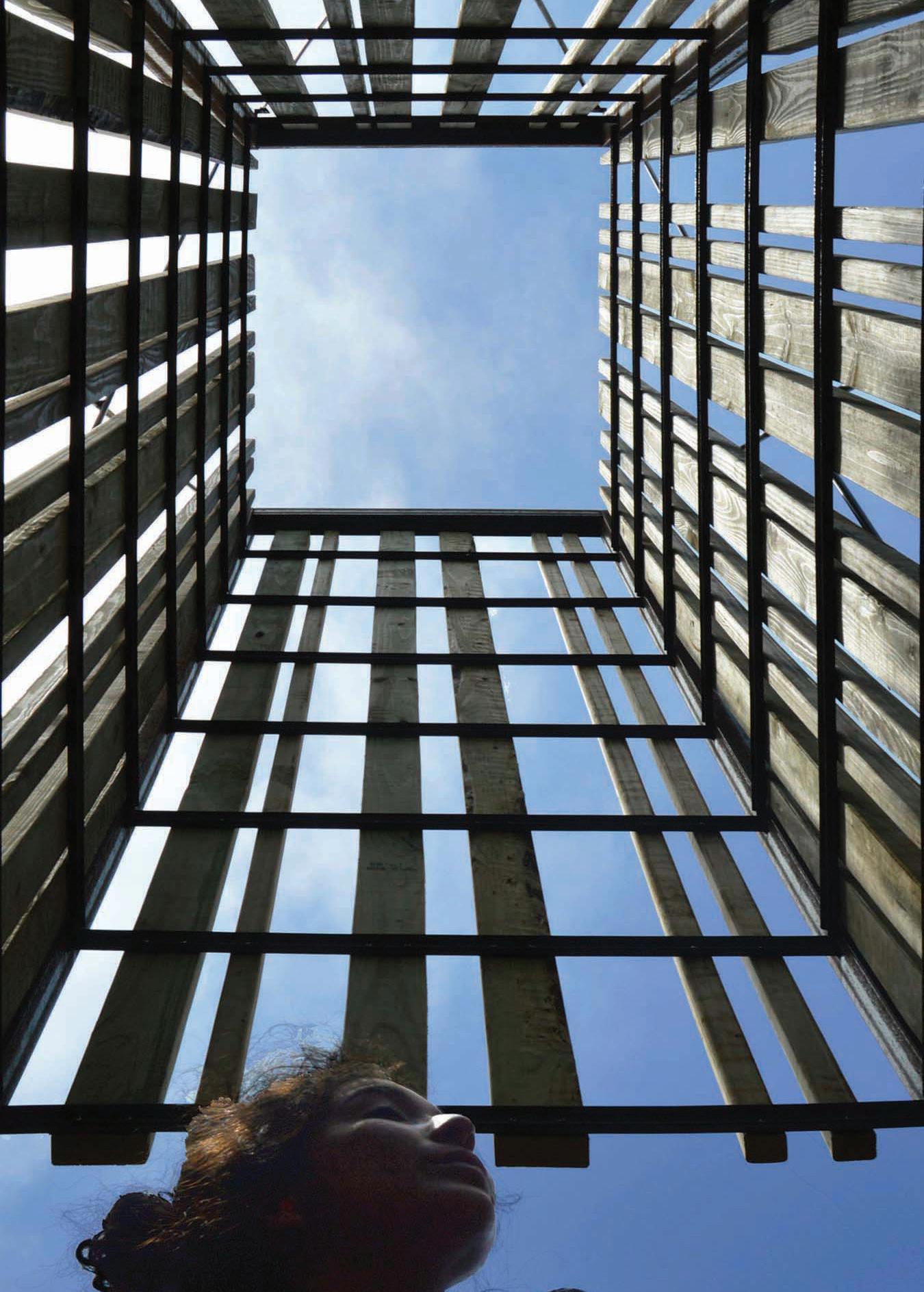
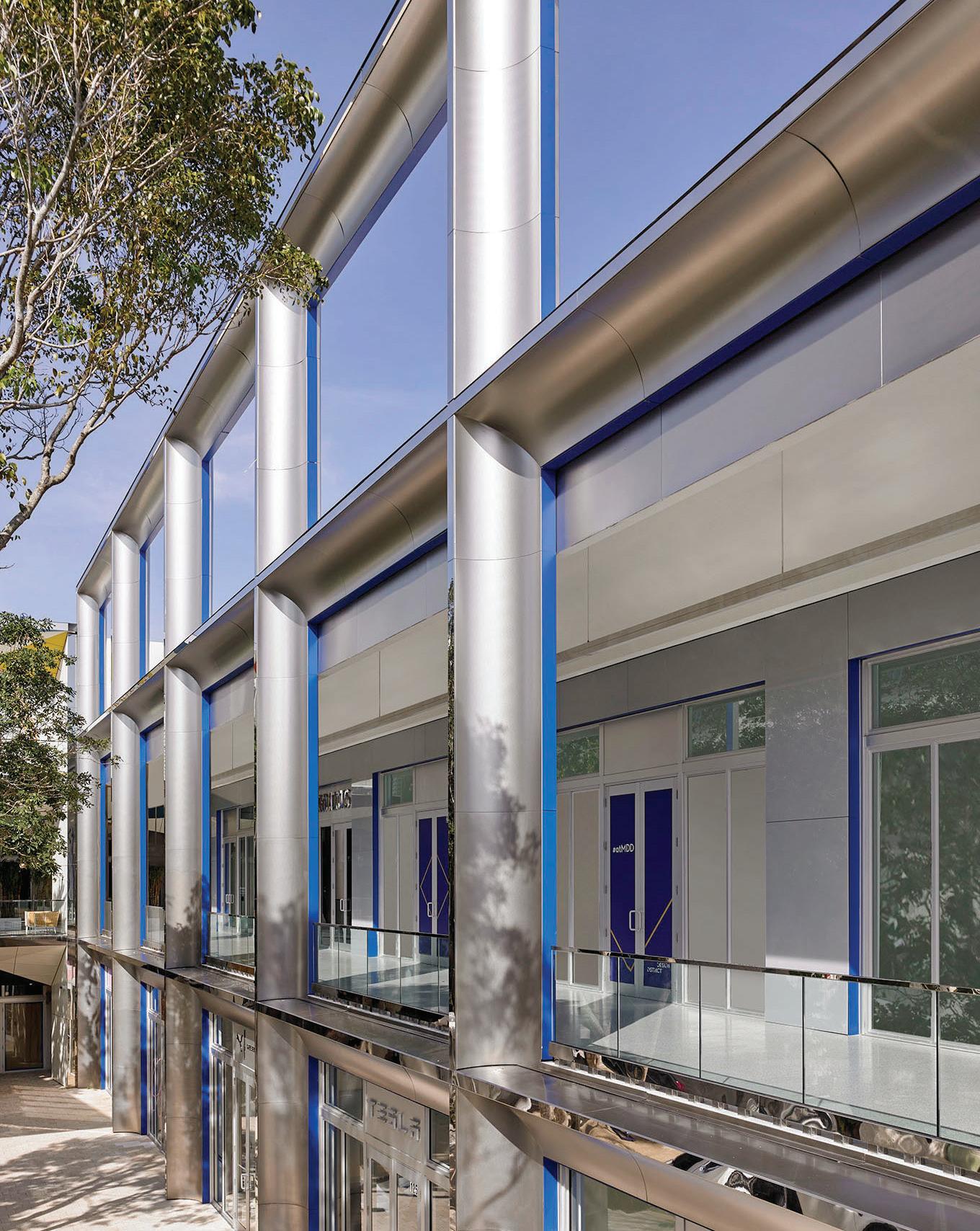

Source Books in Architecture No. 15: Johnston Marklee includes conversations with the architects and documentation of a range of built and unbuilt works. As the Baumer Visiting Professors at The Ohio State University, Sharon Johnston and Mark Lee engage with students at the school in conversations that range from developing a critical practice to idea formation with respect to projects to the pragmatics of working in the field or architecture today. Documentation of work includes drawings, diagrams, photos, and models.

Source Books in Architecture is a product of the Herbert Baumer seminars, a series of interactions between students and seminal practitioners at the Knowlton School at The Ohio State University. Following a significant amount of research, students lead discussions that encourage the architects to reveal their architectural motivations and techniques.
Author Benjamin Wilke is the editor of the Source Books in Architecture series and teaches design studios and seminars at the undergraduate and graduate level at The Knowlton School at The Ohio State University.

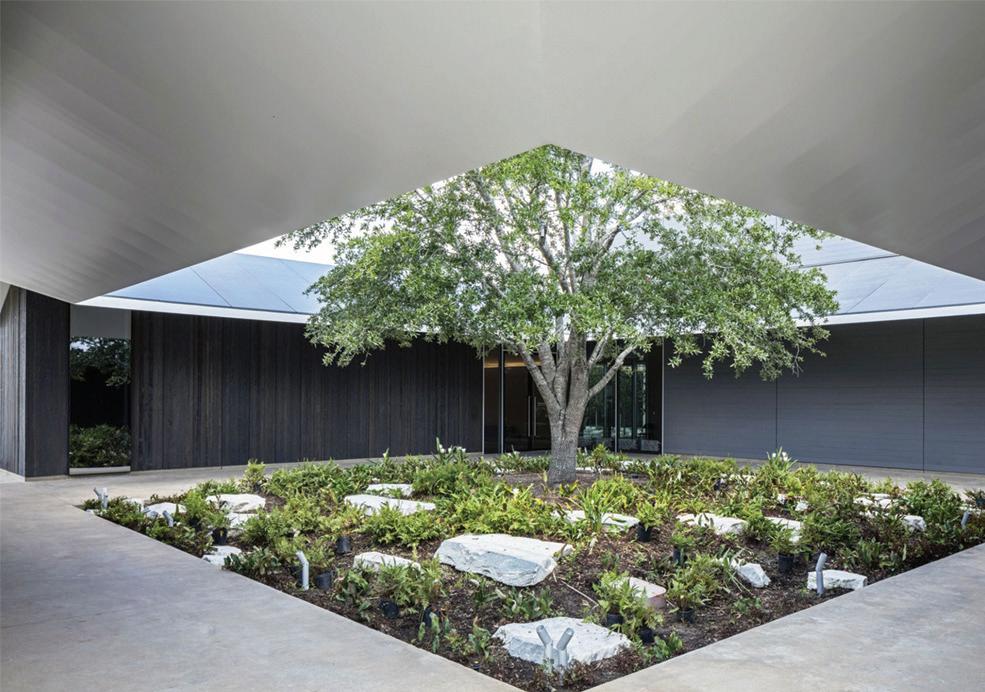

New Investigations in Collective Form presents a group of design experiments by the design-research office THE OPEN WORKSHOP, that test how architecture can empower the diverse voices that make up the public realm and the environments in which they exist. Today, society continues to face urban challenges—from economic inequality to a progressively fragile natural environment—that, in order to be addressed, require us to come together in a moment when what we collectively value is increasingly difficult to locate. Organized into five themes for producing collectivity—Frameworks, Articulated Surfaces, the Living Archive, Re-Wiring States, and Commoning— the projects straddle the fine line between the individual and collective, informal, and formal, choice and control, impermanent and permanent.
Neeraj Bhatia is a licensed architect and urban designer from Toronto, and the founder of THE OPEN WORKSHOP. His work resides at the intersection of politics, infrastructure, and urbanism. He is an associate professor at California College of the Arts, where he also codirects the urbanism research lab The Urban Works Agency. Bhatia has also held teaching positions at UC Berkeley, Cornell University, Rice University, and the University of Toronto. He
is the coeditor of the books Bracket [Takes Action], The Petropolis of Tomorrow, Bracket [Goes Soft], and Arium: Weather + Architecture, and coauthor of Pamphlet Architecture 30: Coupling—Strategies for Infrastructural Opportunism.

The Open Workshop is an architectural urbanism practice that focuses on the relationship between form and collectivity. Specifically, the firm is interested in the agency of form to impact political, economic, and ecological systems. Using a transcalar approach to design research, the office straddles a complex line between permanence and ephemerality, control and choice, legibility and illegibility, the individual and the collective, determinacy and indeterminacy, the figure and the field. The office name, THE OPEN WORKSHOP, is a reference to Umberto Eco’s 1962 treatise The Open Work. The office is dedicated to evolving Eco’s concept into architecture by expanding the subject to include the pluralistic public realm and transforming environmental context. Select distinctions include the Canadian Prix de Rome (2019), honorable mention for The Architect’s Newspaper Young Architects Award (2018), the Architectural League Young Architects Prize (2016), as well as the Emerging Leaders Award from Design Intelligence (2016).
All Contributors: Pier Vittorio Aureli, Neeraj Bhatia, Peggy Deamer, Clare Lyster, Keith Krumwiede, Jenny Odell, Albert Pope, Rafi Segal, Charles Waldheim
Foreword by Pier Vittorio Aureli
$45.00
8” x 8” Square • 224pp • Hardbound • 978-1-957183-46-6
World Rights: Available Publication Date: Spring 2023



 Richard Weller
Richard Weller
At a time when everything is being forced to rapidly adapt to climate change, landscape comes into focus as a subject and medium of more importance than ever. Nowhere is this better known than at the Weitzman School of Design at The University of Pennsylvania, where the landscape architecture department has been leading the field for over 70 years. Edited by Richard Weller and Tatum Hands, The Landscape Project is a collection of 17 essays by the landscape faculty at Weitzman. Each author takes on a single topic — animals, plants, water, energy, politics, urbanism, aesthetics, and more. If there is just one book you need to get up to speed on the state of art in landscape architecture, then this beautifully crafted little black book is it!
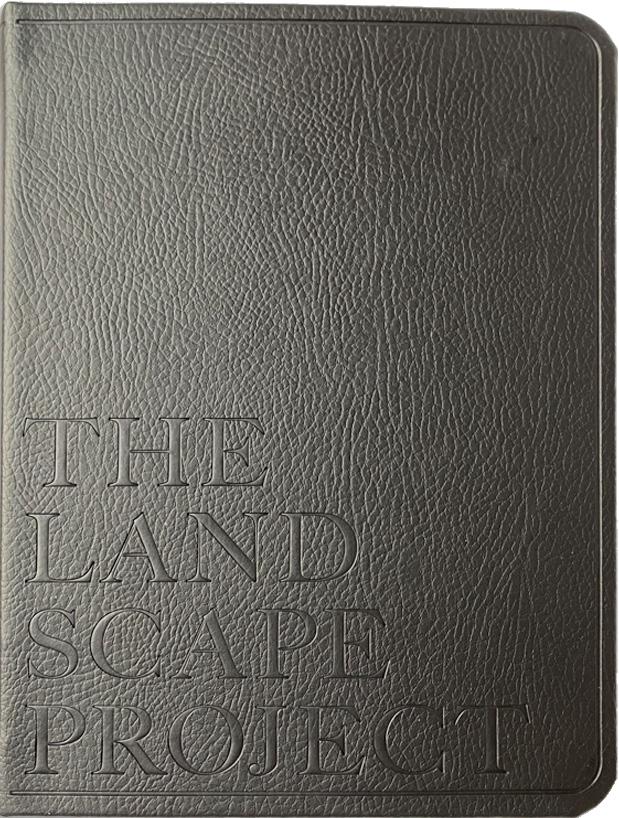
Richard J. Weller is the Meyerson Chair of Urbanism and professor and chair of Landscape Architecture and executive director of the McHarg Center at the University of Pennsylvania. He has published eight books and over 120 single-authored academic papers. He is also creative director of the interdisciplinary journal of landscape architecture LA+ Journal
Dr. Tatum L. Hands is a lecturer and editor-in-chief of LA+ Interdisciplinary Journal of Landscape Architecture at the University of Pennsylvania.
Frederick Steiner, Sean Burkholder, Christopher Marcinkoski, Sarah A. Willig, Karen M’closkey, Keith Vandersys, Sonja Dümpelmann, Rebecca Popowsky, Sarai Williams, Lucinda Sanders, Billy Fleming, James Billingsley, Robert Gerard Pietrusko, Ellen Neises, Matthijs Bouw, Valerio Morabito, Nicholas Pevzner, and David Gouveneur
to create place, make space, and shape gardens and landscapes of various types has always been an indicator of our relationship with nonhuman nature at large. Plants are therefore also the subject of and the result of culture, as the terms agriculture, viticulture, arboriculture, and floriculture attest. In landscape architecture plants are both nature and culture. They sit squarely within what the early professional landscape architects described as a synthesis of agriculture, horticulture, and forestry as well as engineering and architecture.
In landscape architecture plants are more than a resource that can be harvested to provide medicine and drugs, food, and energy. They are also more than building materials and creators of space, and they provide more than what today are often called ecosystem services – the remediation of soil and water, the protection against soil erosion, the cooling of air, filtering of dust, buffering of sound, and the sequestering of carbon. Besides these functions, in landscape architecture plants are used to lift the human spirit, provide pleasure and psychological well-being, and foster identity. They are chosen and arranged for their form, sound, texture, color, smell, rhythm, and meaning. Oftentimes, landscape architecture is at its best when it employs plants to fulfill multiple of these functions and to achieve what the ancient Latin writer Horace in relation to poetry called the dulce utili – a mix of pleasure and utility.
This concept, in other contexts described as the combination of art and science, is one of the bedrocks of landscape architecture, cited in particular by 18th-century British landscape gardeners. It has also given rise to cultural technologies including Vegetationstechniken, literally “vegetation technologies,” used in the shaping of the land. An ancient example is the Etruscan and then Roman planting practice of training vines on and between trees described by Pliny the Elder and other Latin writers as “married vines,”1 and famously represented in a mural excavated in the late 19th century at Pompeii’s casa dei Vettii.2 Quite fittingly, in this ancient fresco small cupids

parks and the faux naturalism of 20th- and early-21st-century zoological enclosures. The systematic animal is that which is subsumed into landscape planning based on landscape ecology. This is the landscape of corridors, patches, conservation easements, and protected areas planned according to multi-species networks and wildlife population dynamics. Finally, the social animal relates to design that seeks “cohabitation and collaboration where humans play a less than dominant role” and to unsettle “the logic of nature and culture on which many conservation ideas were privileged.”29 In other words, designing for the social animal means bringing contemporary landscape architecture and HAS together in challenging the exceptionalism of the human subject. And since the act of design is typically considered a quintessential feature of that exceptionalism, it means that the way in which we design must itself be questioned.
This was the premise of the LA+ CREATURE design competition held by the Weitzman School of Design’s flagship journal LA+ in 2020. The 258 entries received provide insights into how designers around the world are currently thinking about the status of the animal in their work.30 Instead of trying to squeeze these entries into Klosterwill’s categories (scenic, systemic, and social), I propose an aesthetically more suggestive taxonomy of Rewilds,

Sculpture Park in New York that provides safe passage for migrating salamanders. As they move through the superhighway they trigger a sensor that sends tweets to humans such as, “Hi Honey, I’m heading home.”15
In literature, perhaps best known is Elizabeth Kolbert’s 2014 book The Sixth Extinction, which outlined the loss of biodiversity in a way that caught the public’s attention and became a bestseller.16 In two more recent books—Being a Beast17 by the philosopher and veterinarian Charles Foster and Goat Man18 by Thomas Thwaites—the authors regale their respective attempts to not only live with but also live like their animal subjects. Eating worms and digging burrows, Foster temporarily “became” a badger. He has also lived as an otter, an urban fox, a red deer, and a swift. For his field work Thwaites disguised himself as a goat replete with custom-made prosthetics to walk on all fours so as to be accepted into a wild goat community.
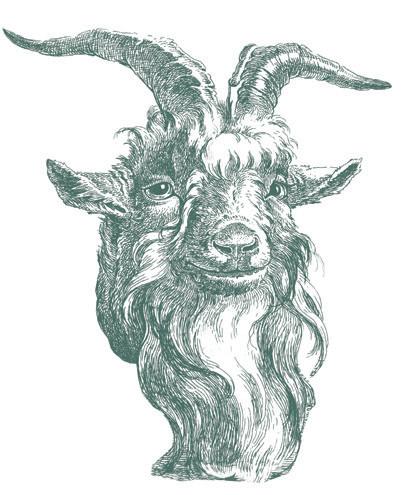

So, what about the status of the animal in design culture? Apart from the established genre of designing zoological enclosures that can only reiterate or disguise the domination of the human gaze, that animals would even be considered a subject of design outside of zoos has been, until recently, uncommon. Consequently, MVRDV’s provocative “Pig City,” a high-rise pig farm designed in 2001 came as something of a shock.19 But here the issue was not so much one of animal rights or a concern with human identity in relation to animals, rather it was one of pragmatically reducing the sprawling footprint of Dutch pork production. From the animal’s perspective it likely matters naught whether the concrete floor plate of the slaughterhouse is single or stacked. As Temple Grandin, an animal behaviorist with an uncanny ability to empathize with ruminants, highlighted, what matters is the animal’s experience in that slaughterhouse. She designed a new, more “humane” way of guiding cattle through the horrors of the modern abattoir to their endpoint.
We prefer of course to look at picturesque landscapes with wild animals, especially from the comforts of our living rooms or from designer hideaways.


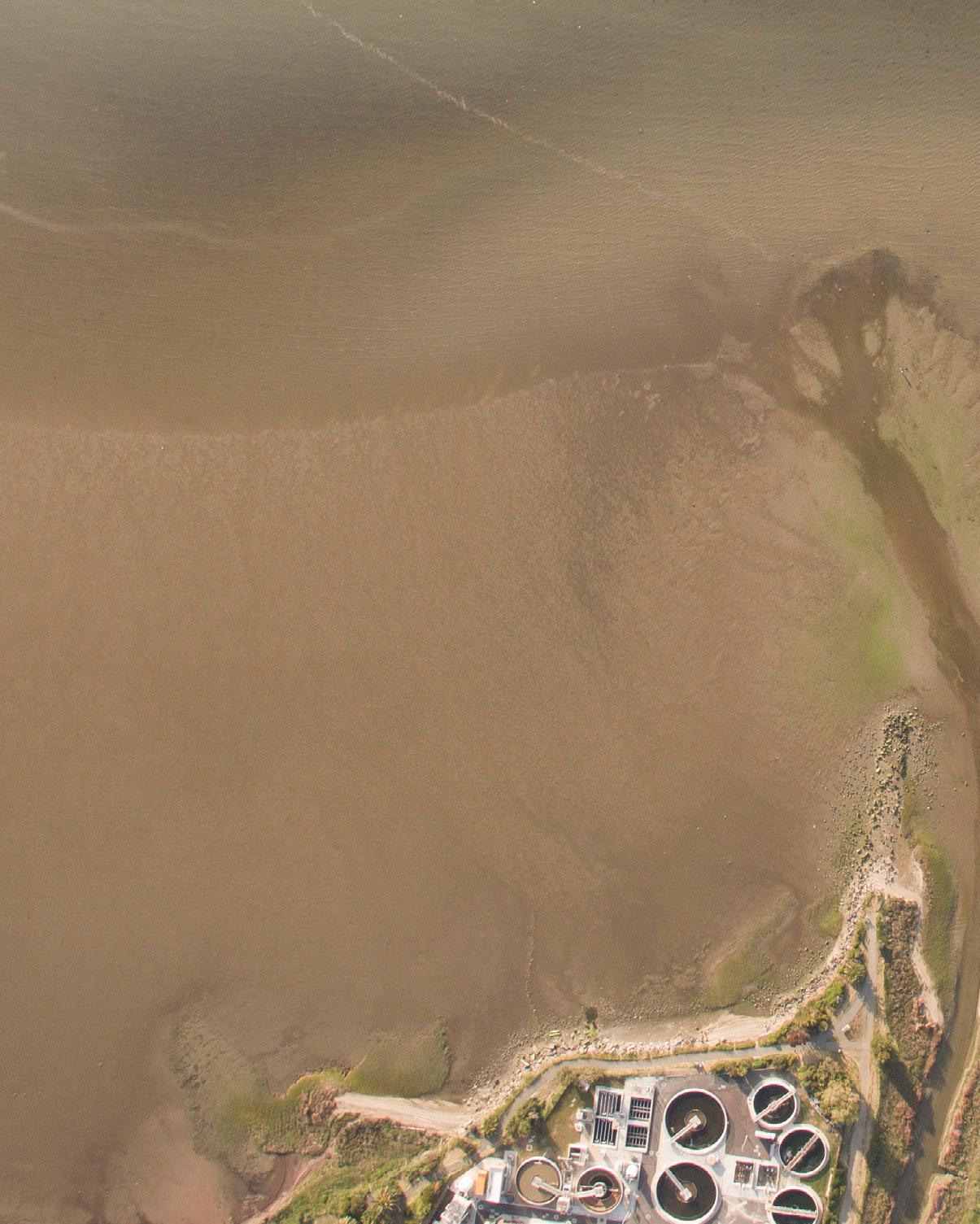
Silt Sand Slurry is a visually rich investigation into where, why, and how sediment is central to the future of America’s coasts. Sediment is an unseen infrastructure that shapes and enables modern life. Silt is scooped from sea floors to deepen underwater highways for container ships. It is diverted from river basins to control flooding. It is collected, sorted, managed, and moved to reshape deltas, marshes, and beaches. Anthropogenic action now moves more sediment annually than “natural” geologic processes—yet this global reshaping of the earth’s surface is rarely-discussed and poorly understood.
In four thematic text chapters, four geographic visual studies, and a concluding essay, we demonstrate why sediment matters now more than ever, given our contemporary context of sea level rise, environmental change, and spatial inequality. We do this through a documentation of the geography of dredging and sediment on the four coasts of the continental United States. The book explores the many limitations of current sediment management practices, such as short-sighted efforts to keep dynamic ecosystems from changing, failure to value sediment as a resource, and inequitable decisionmaking processes. In response to these conditions, we delineate an approach to designing with sediment that is adaptive, healthy, and equitable.
The Dredge Research Collaborative is an independent 501c3 nonprofit organization that investigates human sediment handling practices, through publications, events, and other projects. Their mission is to improve sediment management through design research, building public knowledge, and facilitating transdisciplinary conversation.

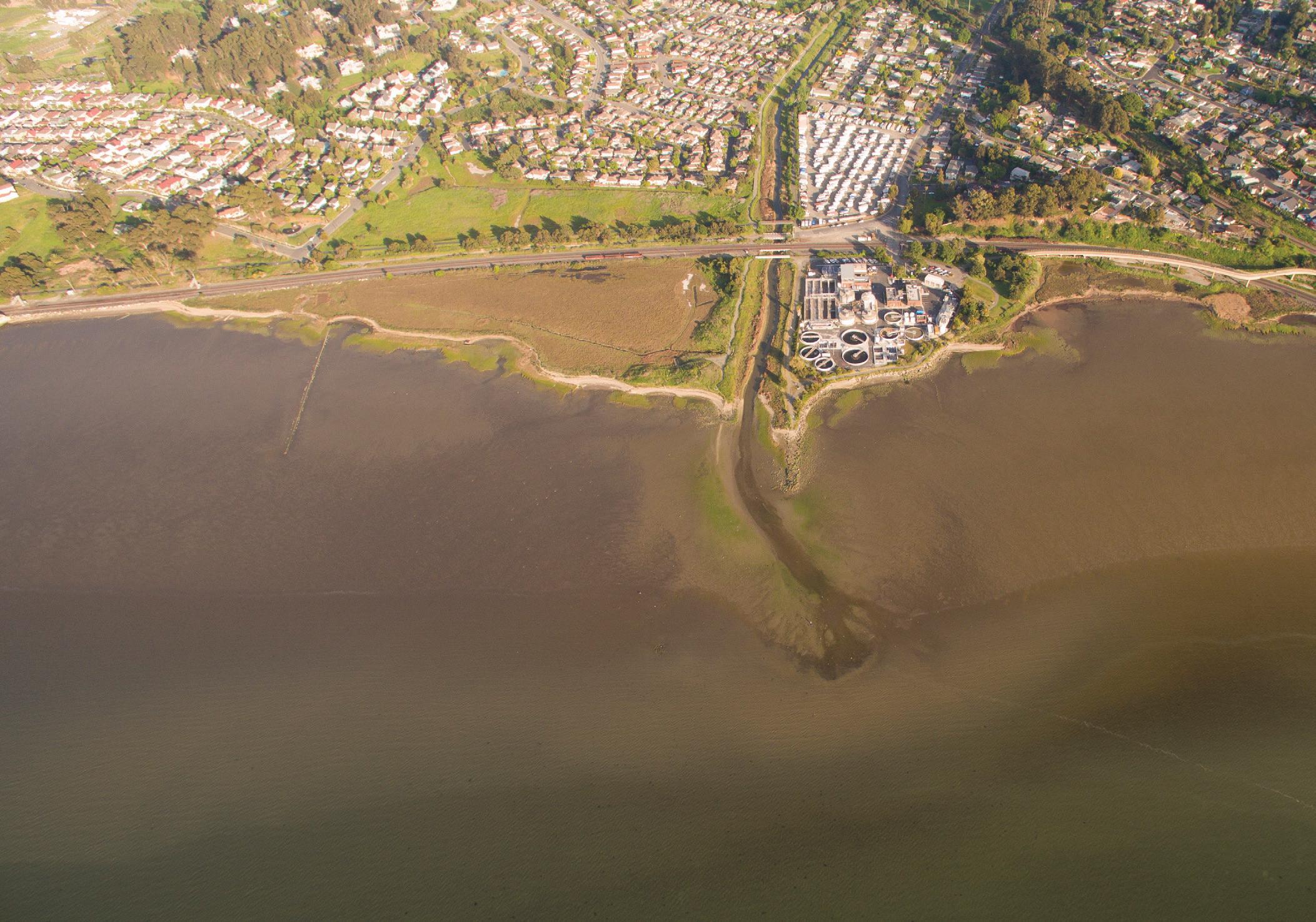
 Angelo Maggi, foreward by Michelangelo Sabatino
Angelo Maggi, foreward by Michelangelo Sabatino

George Everard Kidder Smith (1913–1997) was a multidimensional figure within the wide-ranging field of North American architectural professionals in the second half of the twentieth century. Although he trained as an architect, he chose not to practice within the conventional strictures of an architecture office. Instead, Kidder Smith “designed,” researched, wrote, and photographed a remarkably diverse collection of books about architecture and the built environment. His work and life were deeply interwoven and punctuated by travel related to the research, writing, and promotion of books that sought to reveal the genius loci of the countries whose built environments he admired and wished to share with a broader audience. From the early 1940s to the late 1950s his interest in architecture led him to describe visually the architectural and historical identity of many European countries. After his far-flung travels over the decades, with his wife Dorothea, Kidder Smith focused on his own country and produced a series of ambitious books focused on the United States. Kidder Smith’s vision and narrative betray the gaze of the traveler, the scholar, and the architect.
Angelo Maggi is Associate Professor of Architectural History and History of Architectural Photography at Università Iuav di Venezia. Maggi trained as an architect at the Università Iuav di Venezia, and he obtained his PhD in Architecture and Visual Studies at Edinburgh College of Art.
Michelangelo Sabatino, is Professor of Architectural History and Preservation in the College of Architecture at the Illinois Institute of Technology. He currently directs the PhD program in Architecture and is the inaugural John Vinci Distinguished Research Fellow.
Samuel Pujol Smith is a fully qualified architect based in Zurich with his own studio. It was the reputation of his grandfather, G.E. Kidder Smith, that led him to study architecture.
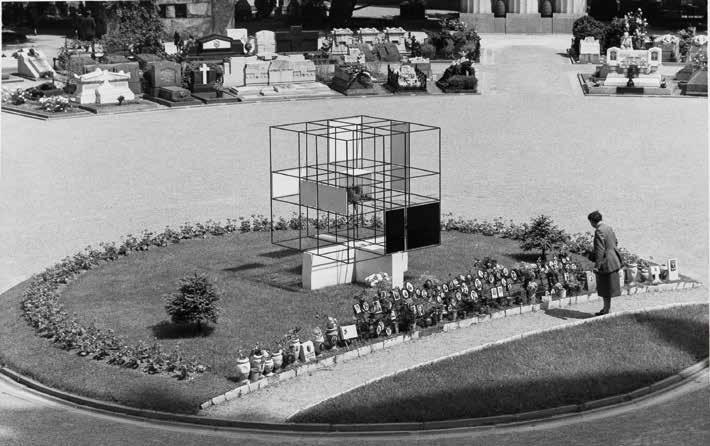

 Carl Lostritto, Viola Ago, Julie Kress, and Hans Tursack
Carl Lostritto, Viola Ago, Julie Kress, and Hans Tursack
Impossible and Hyper-Real Elements of Architecture addresses how and why architects, artists, and designers manipulate reality. Front and center in this discourse is the role of rendering. Most often, to render is to engage a thick software interface, to accept a photographic framework of variables and effects, and to assume an unquestioned posture of articulating material, mass, and color. But like drawing, rendering is an interdisciplinary, algorithmic, historically rooted cultural practice as much as it is a digital vocation. The elements explored in this book are labeled “impossible” because they avoid a fixed relationship to a singular built reality. Digital bonsai trees, pixels, video game levels, grids, and dioramas extend like skewers through multiple media and formats. Through work that looks very real and can’t possibly exist, representation becomes the territory of speculation, ambiguity, and curiosity.
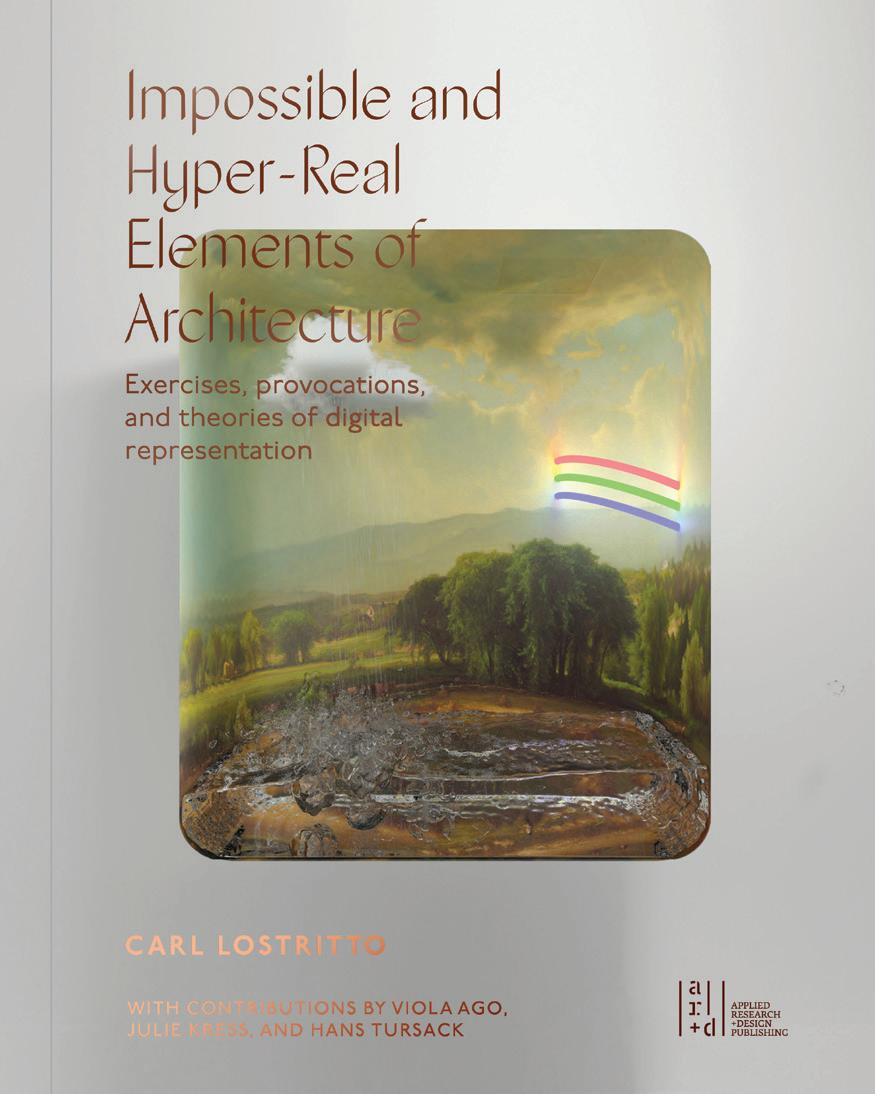
Carl Lostritto is the Director of the School of Architecture at the University of Tennessee, Knoxville. He was previously the Graduate Program Director and Associate Professor at RISD Architecture in Providence, Rhode Island. His research, practice and scholarship focus on design computation, especially with respect to drawing and rendering. In 2019 Lostritto published Computational Drawing, From Foundational Exercises to Theories of Representation. (AR+D Publishing).He lectures widely and exhibits speculative
works of art and architecture aimed at exposing and disrupting architecture’s relationship to representation and media.
Viola Ago is an Albanian architectural designer and researcher. She directs MIRACLES Architecture and recently held the Wortham fellowship at the Rice University School of Architecture.
Julie Kress is a lecturer at the University of Tennessee Knoxville College of Architecture + Design. Her work straddles across realms of architecture, exhibition design, and research in digital media.
Hans Tursack recently served as the MIT Pietro Belluschi research fellow. His writing and scholarly work have appeared in Perspecta, Pidgin, Thresholds, Log Dimensions, Archinect, and the Architects Newspaper.
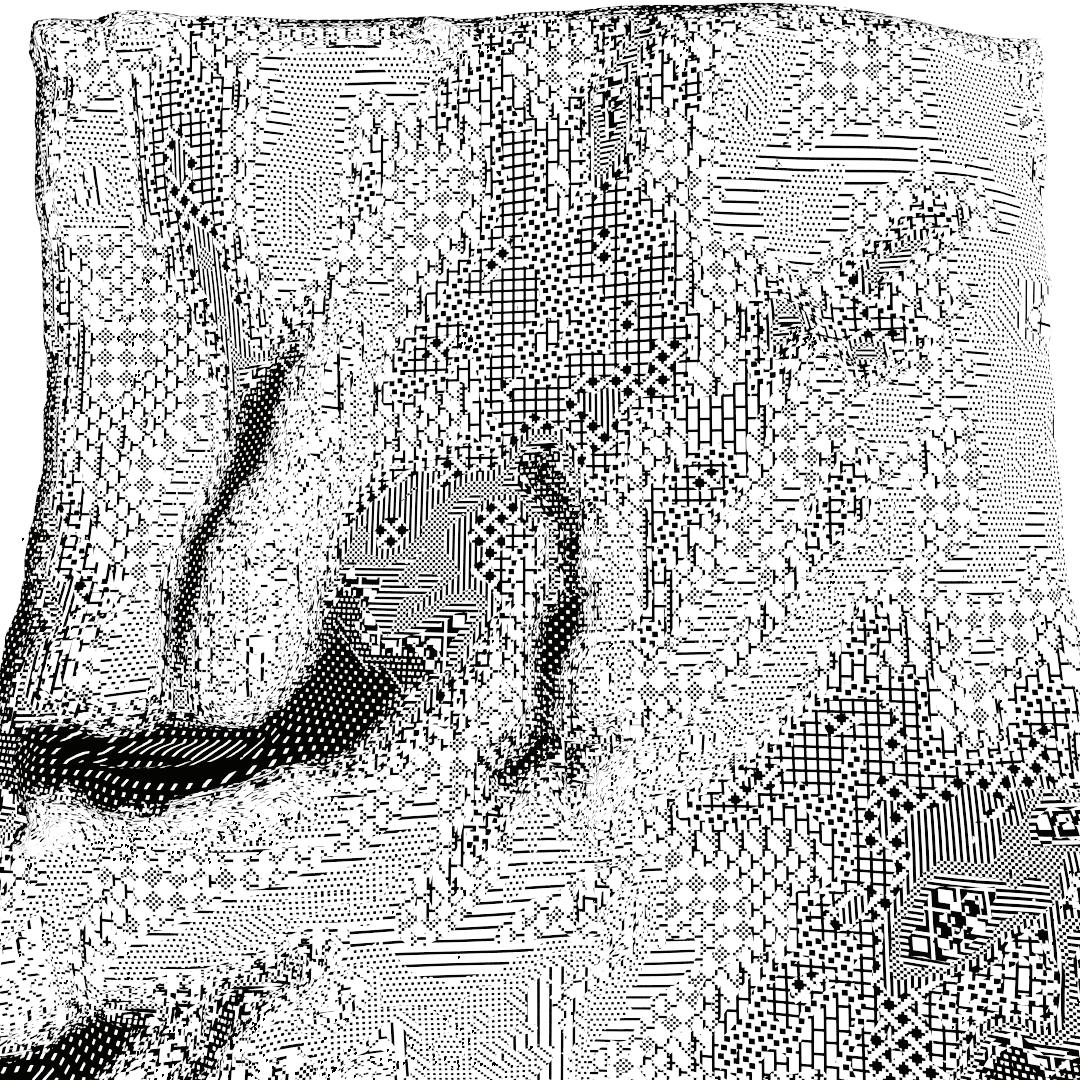


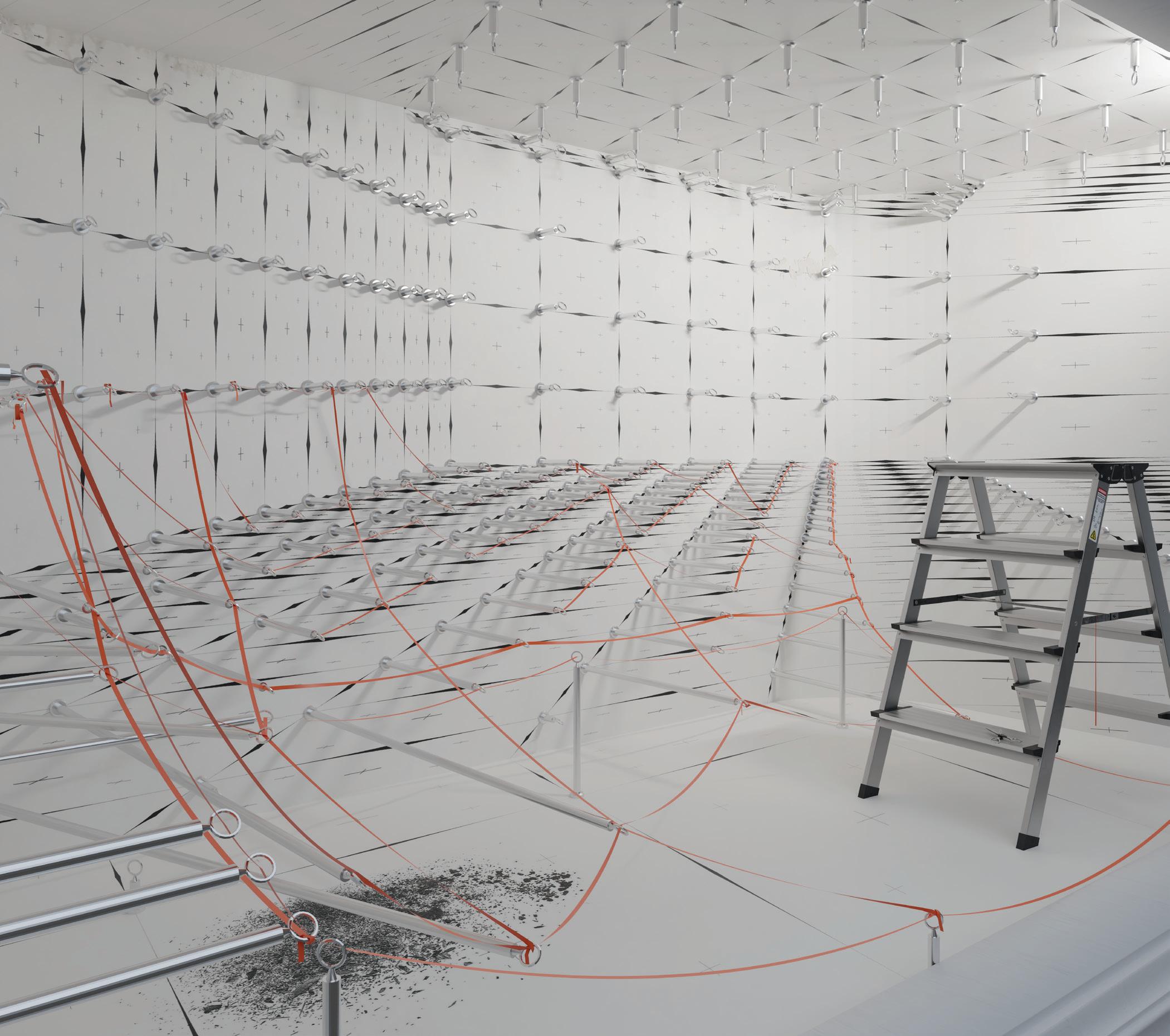
 Sony Devabhaktuni
Sony Devabhaktuni
Curb-scale Hong Kong is about the infrastructural objects that constitute the street in Hong Kong. Through drawing and text, the book renders these objects visible and argues for their relevance as story tellers and civic protagonists. The book opens an alternative imagination of infrastructure and asserts the importance of the ground to Hong Kong’s urban realm.
The book is structured around measured plan drawings of five streets in Hong. The drawings represent stopping points in a desire to draw everything. This impossible task resulted in documents suspended between narrative and a stilled, abstract distance. Details of growth, error, decay, undoing, and repair provide a register of happenings and becomings. Each drawing speaks to an entanglement between the objects and agencies of Hong Kong’s urban realm. A second axonometric index names and examines these objects, registering more closely the material and technical decisions that give them their qualities. Texts that accompany the drawings are coincident descriptions; they thicken the street plans and index. Longerform opening and closing essays situate the curb-scale within architecture’s contemporary engagement with infrastructure and with the practice of architectural drawing.
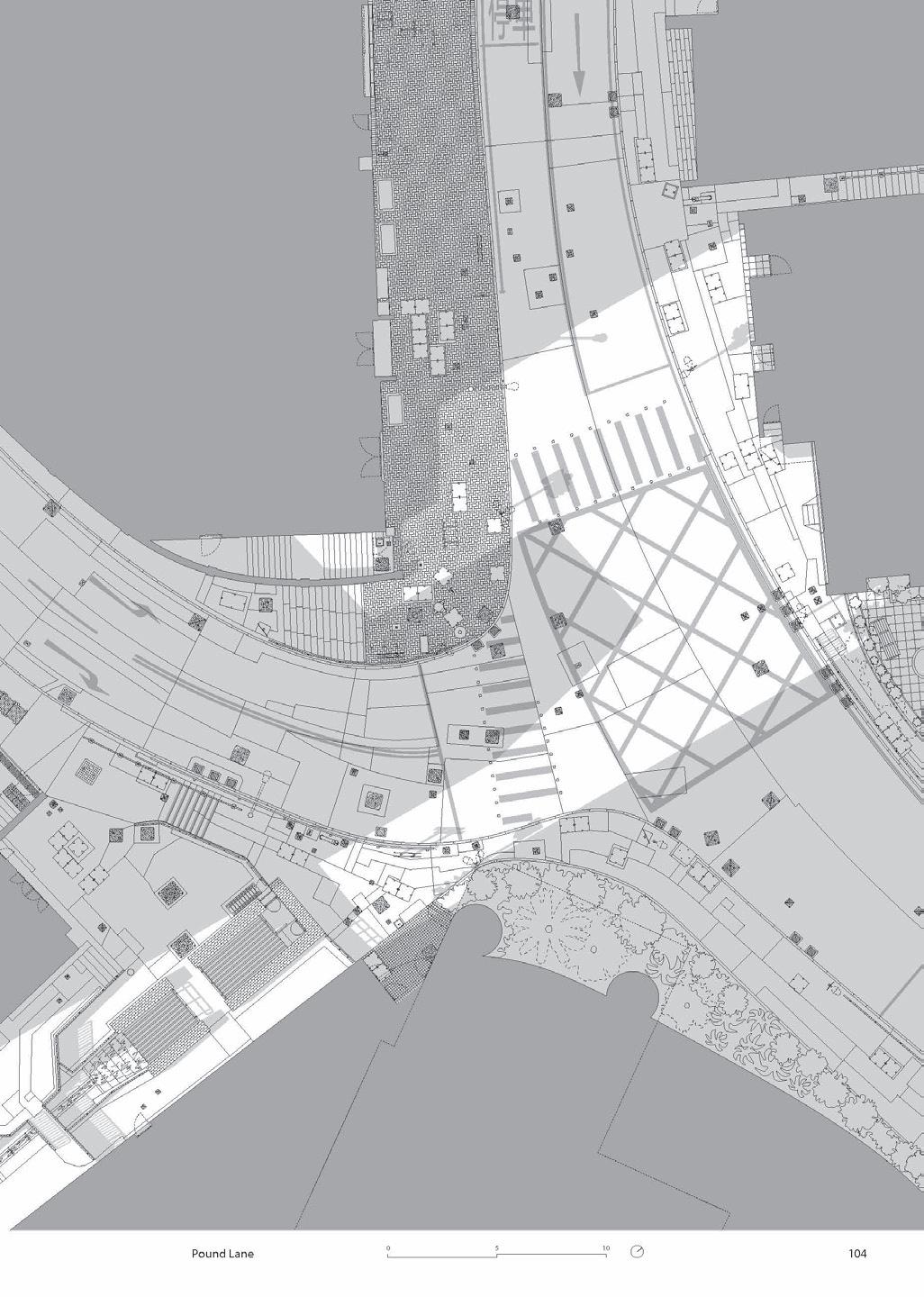


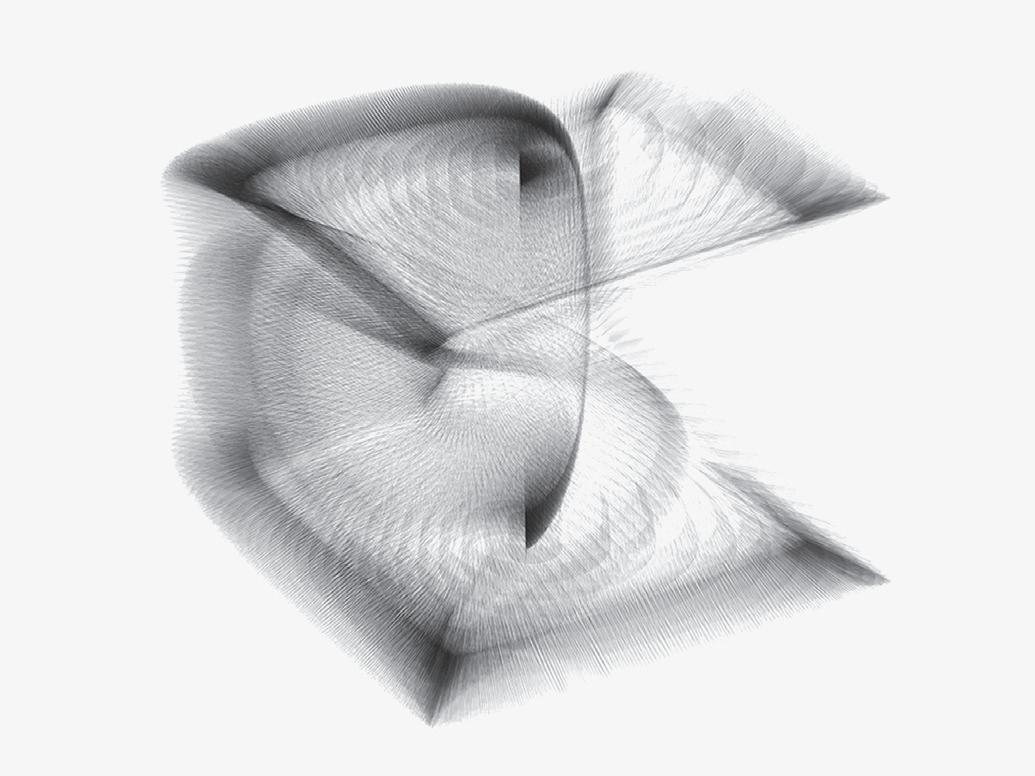
 Edited by Daniel Cardoso Llach and Theodora Vardouli
Edited by Daniel Cardoso Llach and Theodora Vardouli
During the three decades following the Second World War, and before the advent of personal computers, government investment in university research in North America and the UK funded multidisciplinary projects to investigate the use of computers for manufacturing and design. Designing the Computational Image, Imagining Computational Design explores this period of remarkable inventiveness, and traces its repercussions on architecture and other creative fields through a selection of computational designers working today. Situating contemporary expressions of design in relation to broader historical, disciplinary, and technical frames, the book showcases the confluence, during the second half of the twentieth century, of publicly funded technical innovations in software, geometry, and hardware with a cultural imaginary of design endowing computer-generated images with both geometric plasticity and a new type of agency as operative design artifacts.
Authors Daniel Cardoso Llach, Ph.D., is an associate professor of architecture at Carnegie Mellon University and the author of Builders of the Vision: Software and the Imagination of Design (Routledge, 2015) and the co-editor of Other Computations (Uniandes, 2020).
Theodora Vardouli, Ph.D., is an assistant professor at the Peter Guo-hua Fu School of Architecture, McGill University. She is co-
editor of Computer Architectures: Constructing the Common Ground (Routledge, 2020).
Gabriela Aceves Sepulveda, Matthew Allen, Moa Carlsson, Sean Keller, Anna-Maria Meister, Akshita Sivakumar, Olga Touloumi, David Theodore, Jacob Gaboury, Molly Wright Steenson, Nathalie Bredella, Ranjodh Singh Dhaliwal, Andres Burbano, Mario Carpo, and Wendy Chun.
Ken Knowlton, Janet Tomlinsen, George Stiny, Steve A. Coons, Andrew Heumann, Golan Levin, Philip Beesley, Zach Lieberman, Lillian Schwartz, Kristy Balliet, Joseph Choma, Dana Cupkova, Jer Thorp, Elizabeth Vander Zaag, Carl Lostritto, Gilles Fortin, Leslie Mezei, Dennis Peters, Charles E. Eastman, Robin Forrest, Timothy E. Johnson, Nicholas Negroponte, Paul Pangaro, George Stiny, Rachel Strickland, Jonah Ross-Marrs, Hexagram collective, Christos Yessios, and Jürg Lehni.
7” x 9” Portrait • 240pp • Hardbound • 978-1-954081-34-5
World Rights: Available Publication Date: Spring 2023

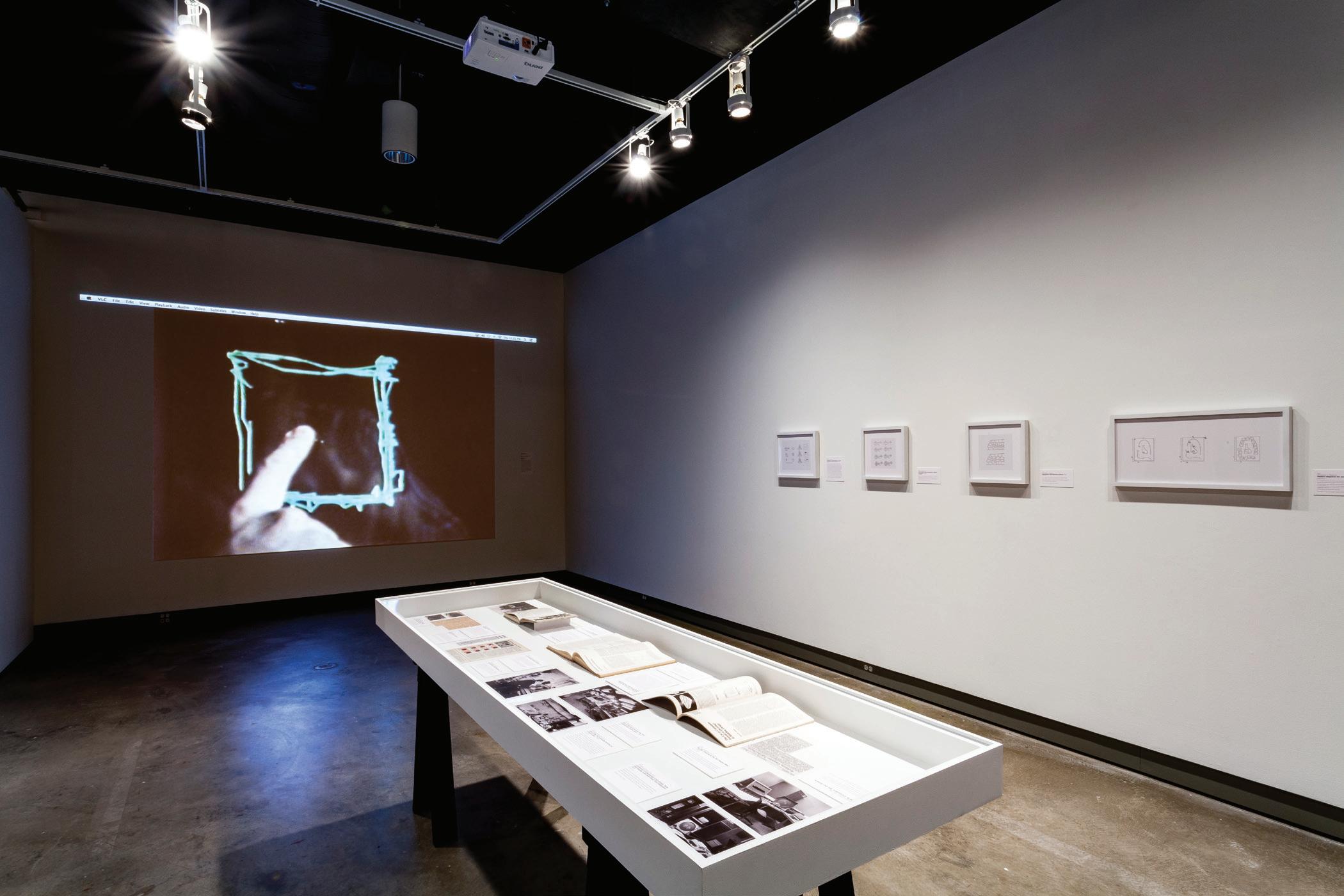

Way Beyond Bigness is a design-research project that studies the Mekong, Mississippi and Rhine river basins, with particular focus on multi-scaled, water-based infrastructural transformation. The book proposes a simple, adaptive framework that utilizes a three-part, integrative design-research methodology, structured as: Appreciate + Analyze, Speculate + Synthesize, and Collaborate + Catalyze. To do such, Way Beyond Bigness realigns watersheds and architecture across multiple: scales (site to river basin), disciplines (ecologists to economists), narratives (hyperbolic to pragmatic), and venues (academic to professional). The research critiques and recasts Oxford Dictionary’s two very different definitions for a “watershed”: 1) “An area or ridge of land that separates waters flowing to different rivers, basins, or seas” and 2) “An event or period marking a turning point in a situation in a course of action or state of affairs” and its two very different definitions for “architecture”: 1) “The art or practice of designing and constructing buildings” and 2) “the complex or carefully designed structure of something.” The book highlights the author’s comprehensive work of over more than a decade, including in depth field research across the Mekong, Mississippi and Rhine, along with a diverse body of academic and professional collaborations, ranging from the speculative to the community-based.
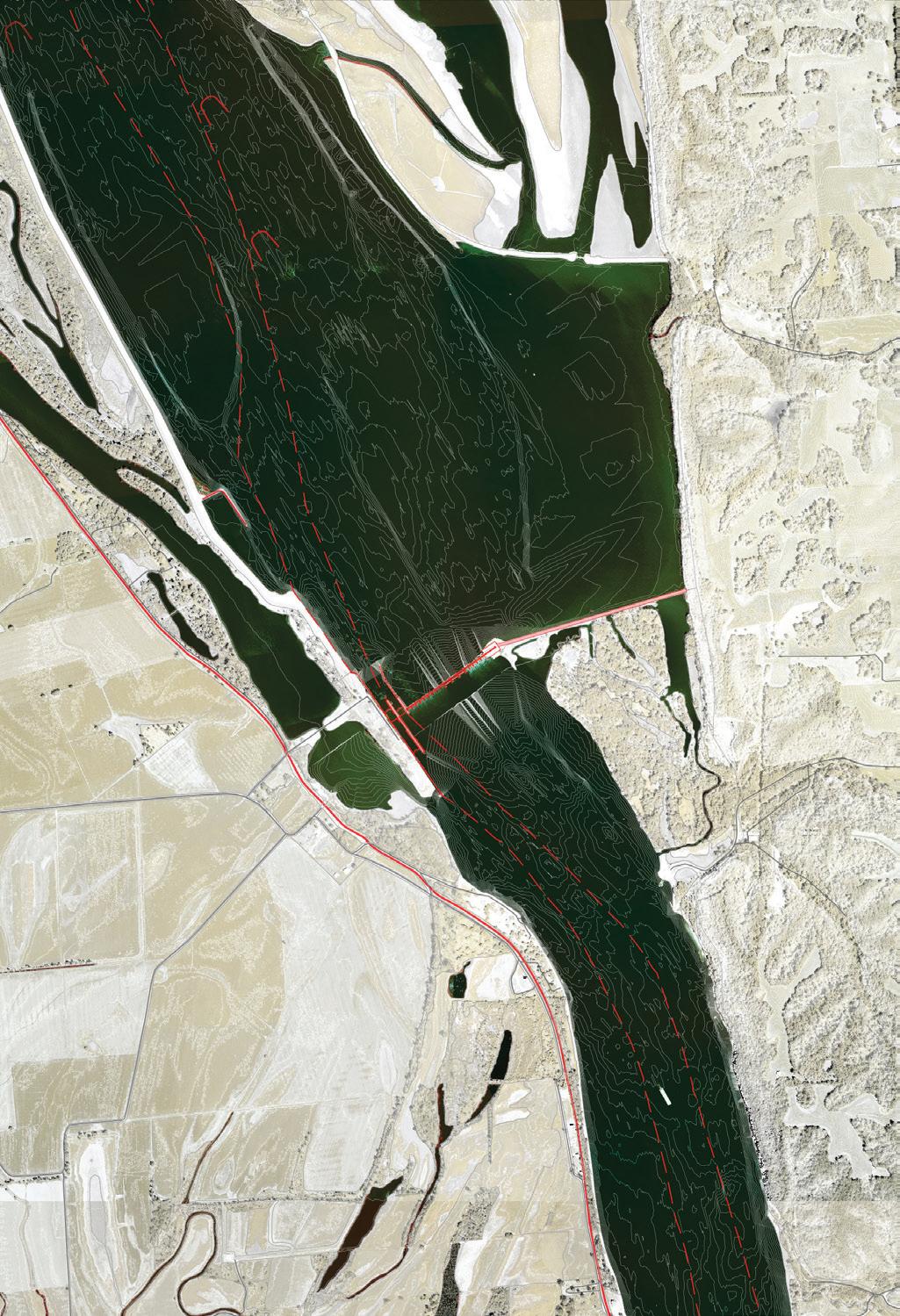
Derek Hoeferlin, AIA is principal of [dhd] derek hoeferlin design, an award-winning, trans-scalar architecture and design practice based in St. Louis. He is an associate professor at Washington University in St. Louis, where he teaches undergraduate and graduate level multi-disciplinary approaches to architecture.
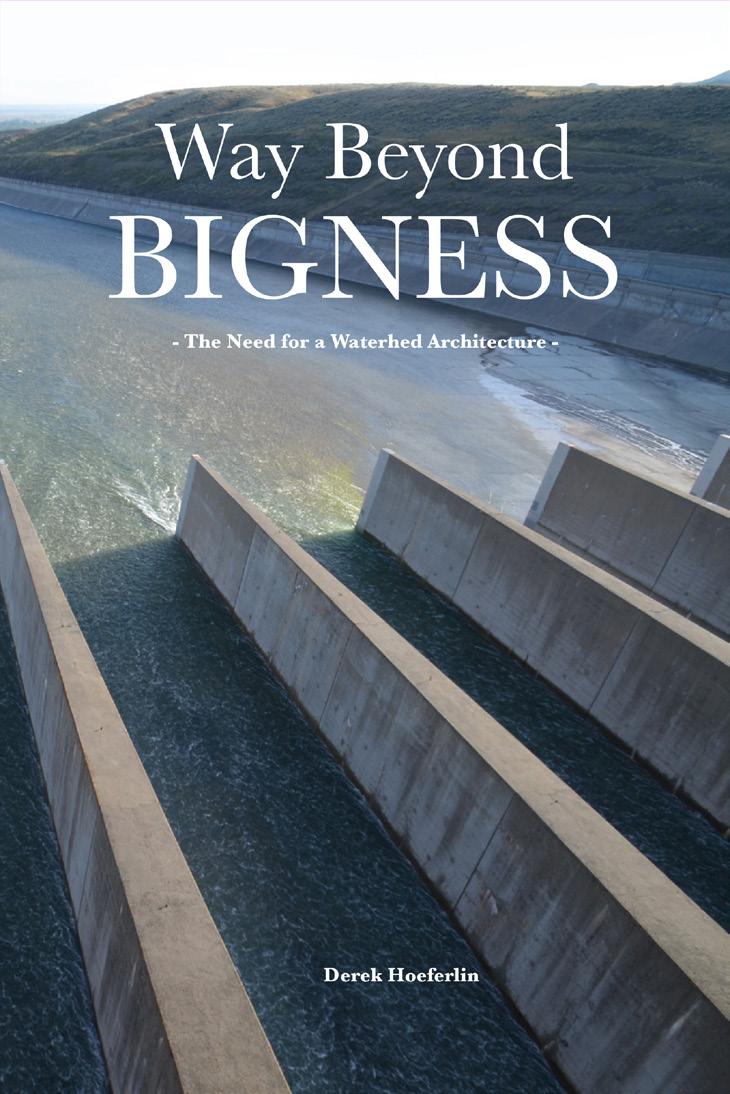































































































































Computational Drawing explores computation, specifically the craft of writing computer code, as a medium for drawing. Exercises, essays, algorithms, diagrams, and drawings are woven together to offer instruction, insight, and theories that are valuable to practicing architects, artists, and scholars. This book can serve as a primer for those new to programming or motivation and context for those with experience.
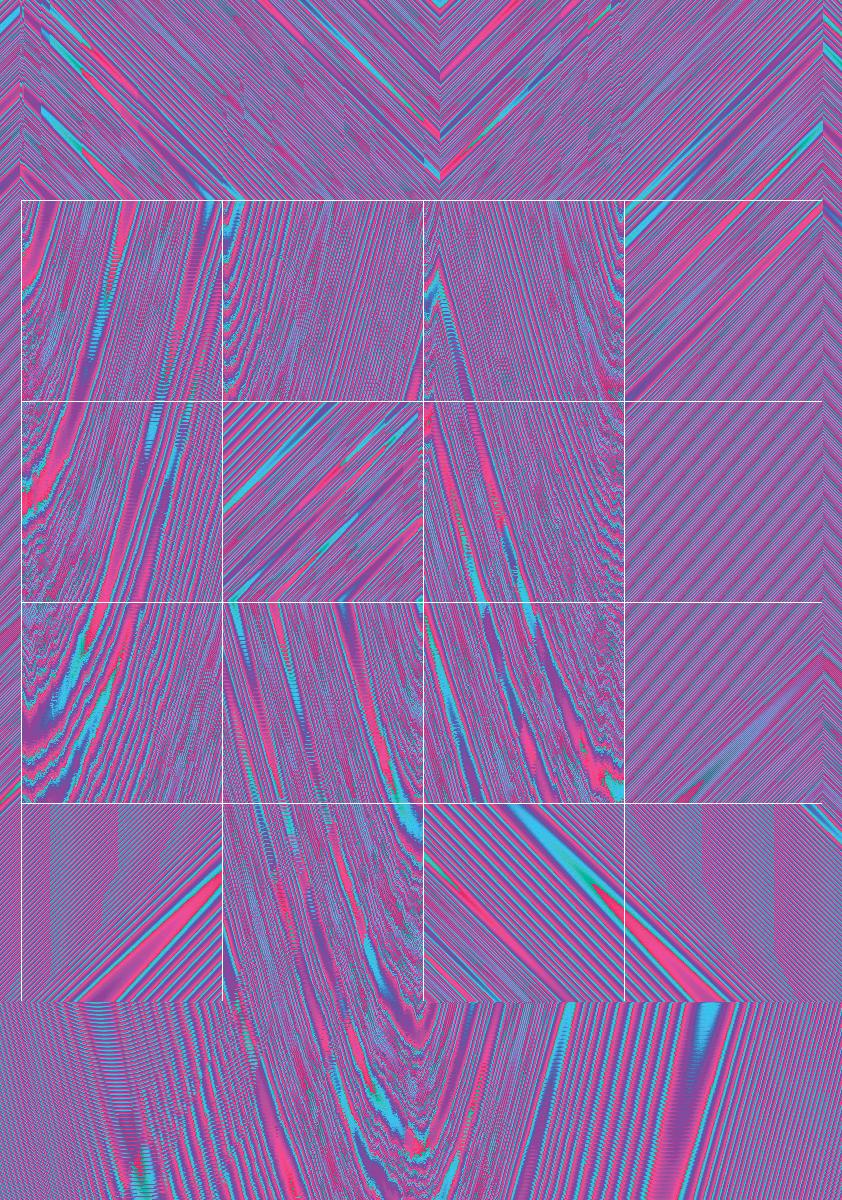

“Computing” and “drawing” are both deeply historical and loaded terms. Although digital media is often positioned in opposition to the “manual” act of drawing, the broader territory of “computing” includes matters of language, rules, procedures, and orders that are very much compatible with the presence of ink on paper. Indeed, the nature of drawing—a temporal medium governed by marks that can be precisely defined, but not easily edited—provides welcome structure for computational methods.
Computational Drawing begins by unpacking definitions. How has the definition of drawing changed over time? What is the precise technical and cultural difference between a drawing, a model, and a model of a drawing? Why is it important to distinguish between a drawing and an image, or a program and an algorithm? Subsequent chapters address strategy, the role of machines, issues of authorship, and the disciplinary ways architects read and
interpret space in drawing. Through every chapter, exercises and algorithms—written in plain English—frame computational techniques in terms of creativity.
AuthorCarl Lostritto is the graduate program director and assistant professor of architecture at Rhode Island School of Design in Providence, RI. He operates an artistic practice that involves writing custom software and adapting machines to create drawings.

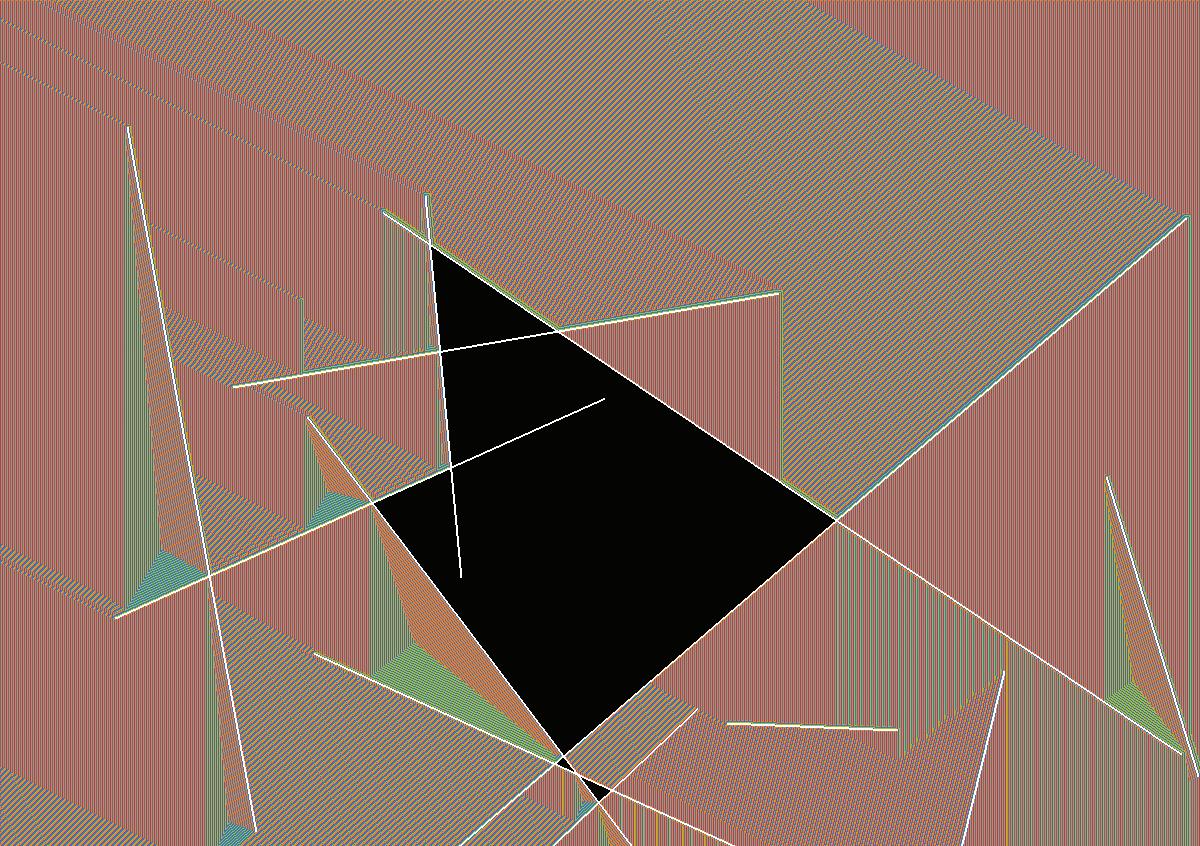

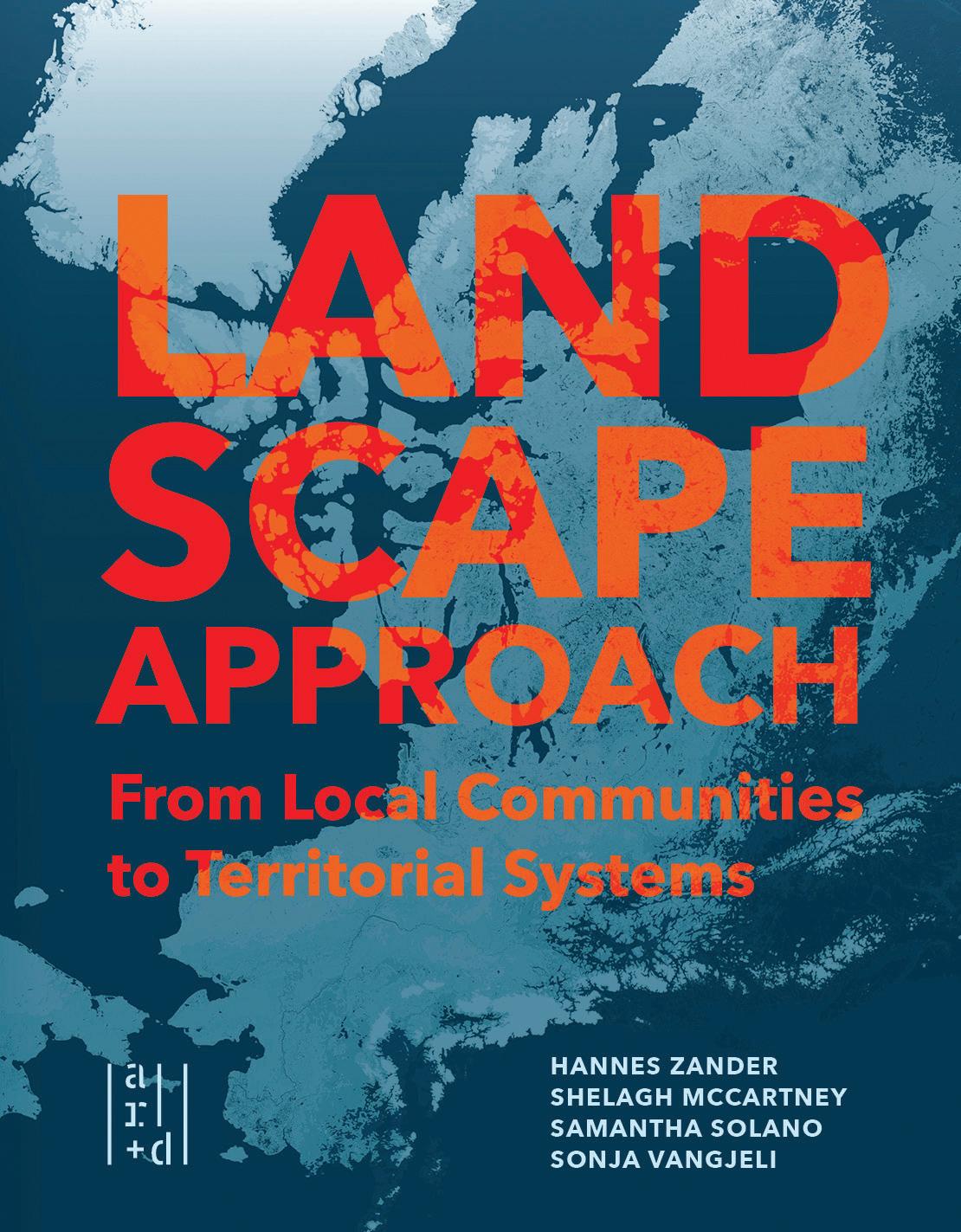 Dr. Shelagh McCartney, Samantha Solano, Sonja Vangjeli, and Hannes Zander
Dr. Shelagh McCartney, Samantha Solano, Sonja Vangjeli, and Hannes Zander
The book promotes a landscape approach as a method for understanding and addressing the complex interdependent issues of environmental and climatic change, ecological degradation, and socio-cultural inequalities. The twenty-three book essays are structured into five sections around concepts of urban landscape systems, ecology, politics, territory, and practice. By linking individual sites and local communities to territorial socio-ecological systems and processes, they discuss issues of urban growth and development, remote areas of extraction and production, environmental degradation and transformation, and social inequality and discrimination. While the book allows for parallel readings of such issues in multiple cultural and geographical contexts, a geographic focus is placed on Canada and other environmentally complex and sensitive northern regions. One key theme is the integration of Indigenous knowledge, experience, and storytelling throughout several of the chapters. The book draws lessons that are grounded in inclusive, contextual, and multi-scalar readings which suggest landscape-informed practices that are both socially and environmentally resilient, just, and sustainable.
Dr. Shelagh McCartney is an associate professor at the School of Urban and Regional Planning at Ryerson University in Toronto, Canada. She received a master of design studies and a doctorate
of design from the Harvard Graduate School of Design and is the founding director of the Together Design Lab.
Samantha Solano is an assistant professor at the University of Massachusetts, Amherst. She holds a master in landscape architecture degree from the Harvard University Graduate School of Design and is a co-founder of The VELA Project and principal of the research practice JUXTOPOS.
Sonja Vangjeli is a landscape architect and design project manager at Waterfront Toronto and has international experience as landscape designer and researcher. She holds a master of landscape architecture degree from the Harvard University Graduate School of Design and a master of architecture degree from the University of Waterloo.
Hannes Zander is working as PhD Fellow at The Oslo School of Architecture and Design. He holds a master in landscape architecture degree from the Harvard University Graduate School of Design and is co-founder of the International Landscape Collaborative ILC.


Over the last 500 years, a range of innovative, responsive, and pragmatic civic actions have helped to generate, define, and maintain New York City’s global significance. From early on much of these actions were responses to population density and the accompanying challenges for health and well-being. Approaching its next growth cycle, New York is again amid important urban transformations that demand new urban and architectural models that allow for an open city to balance gentrification, and to address a lack of public spaces, social infrastructure, and affordable housing. These challenges and their architectural and urban implications are the focus of Next New York.
The book captures the city’s current momentum through the lens of three important urban actions: sharing, connecting, and partnering. Through 10 essays from scholars and practitioners working on pressing urban issues, a photographic essay portraying New York during COVID-19, and more than 35 design projects from graduate studios at the University of Virginia’s School of Architecture, Next New York reflects, comments, and speculates on New York City’s capacity to bring about new conceptions of city-making and collective cohabitation through architecture.

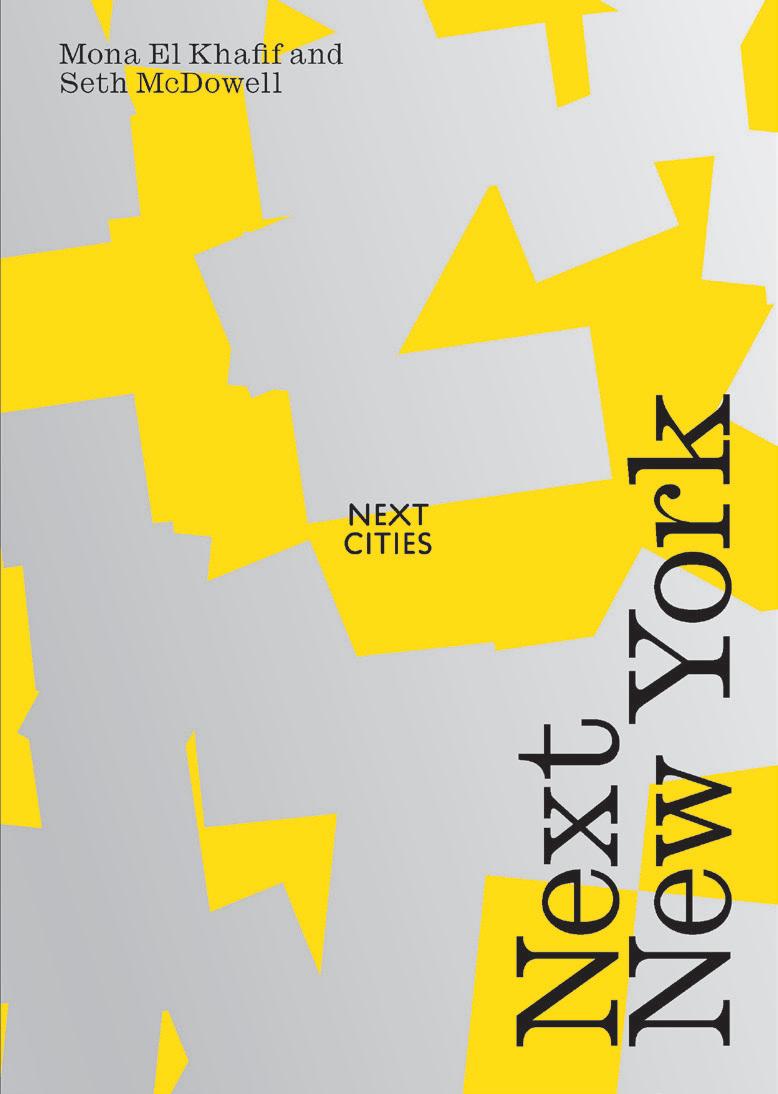
Mona El Khafif is an associate professor at UVA School of Architecture and Principal of SCALESHIFT a design research-based practice located in Toronto and Virginia. Her research operates at multiple scales, examining the interdisciplinary aspects of urban design, creative placemaking, urban prototyping, and strategies for the smart city.
Seth McDowell is an associate professor at UVA School of Architecture and is a co-founding partner of mcdowellespinosa architects located in Virginia and New York. His work, which explores architecture, art, and urban design as an artifact of material and construction experimentation.
Sharon Haar Matthew Jull Edward Mitchell Carrie Moore SHoP Architects Kathy Velikov and Geoffrey Thün Thomas Woltz
210
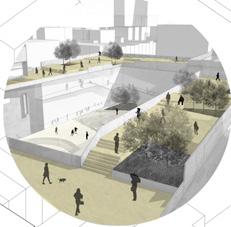
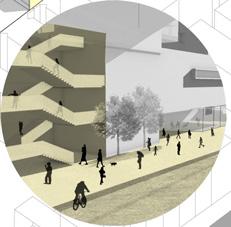

Knowledge is no longer an immobile solid; it has been liquefied. It is actively moving in all the currents of society itself.
—John Dewey, “The School and Social Progress”
In 1937 the University of Pittsburgh dedicated one of the most iconic college campuses in the United States, the forty-two-story Cathedral of Learning designed by Charles Klauder, one of the country’s leading collegiate architects in the period before World War II. Standing atop a hill in the center of Pittsburgh’s Oakland neighborhood, the building celebrates pedagogy, the attainment of knowledge, the capacities of modern building technology, and a land-poor university’s ambitions (figure 1). If, thanks to Rem Koolhaas, New York’s Downtown Athletic Club (Starrett and Van Vleck, 1930) is the better-known hybrid building, the Cathedral is a purer skyscraper and, perhaps, contains the more compelling, publicly available interior. Its mix of programs includes a soaring commons space built of load-bearing stone, thirty-one “nationality rooms” designed in conversation with local ethnic communities, (originally) the main stacks of the university library, a theater, a food court, lounges, labs, more than twenty floors of classrooms and lecture halls, and departmental and faculty offices, all made possible by steel-frame construction, elevators, and electric lighting, if not central air conditioning (figure 2). It is the predecessor of contemporary educational buildings such as Diller Scofidio + Renfro’s Roy and Diana Vagelos Education Center for the Columbia University Medical Center in New York.


There is one important difference: the latter’s inversion of the logic of the Gothic revival uniform—concealing the precocious, complex body—in favor of an architecture of programmatic over-articulation—letting it all hang out.
Despite being buildings for higher education, the Cathedral of Learning and the Vagelos Education Center set the stage for thinking about the place and space of public education in the city. First, they challenge the notion that education is largely a project of horizontality, the section somehow anathema to both physical and educational
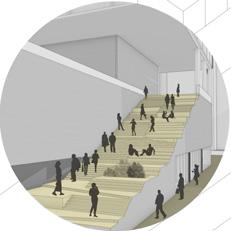
Courtyard Unleashed pays tribute to the historic fabric of the surrounding neighborhood and experiments with the familiar typology of the courtyard through a massing strategy based around three interlocking courtyards. The largest of the three courtyards spans horizontally across the full width of the site, promoting neighborhood pedestrian connections, and offering a large outdoor space which can be shared between the school and the neighborhood. The school’s inhabitable rooftop not only generates additional open space, but also provides residential access to two vertically-oriented courtyards containing interior common areas, green spaces, and circulation connections between the other courtyards, sidewalks, and upper-level gardens.
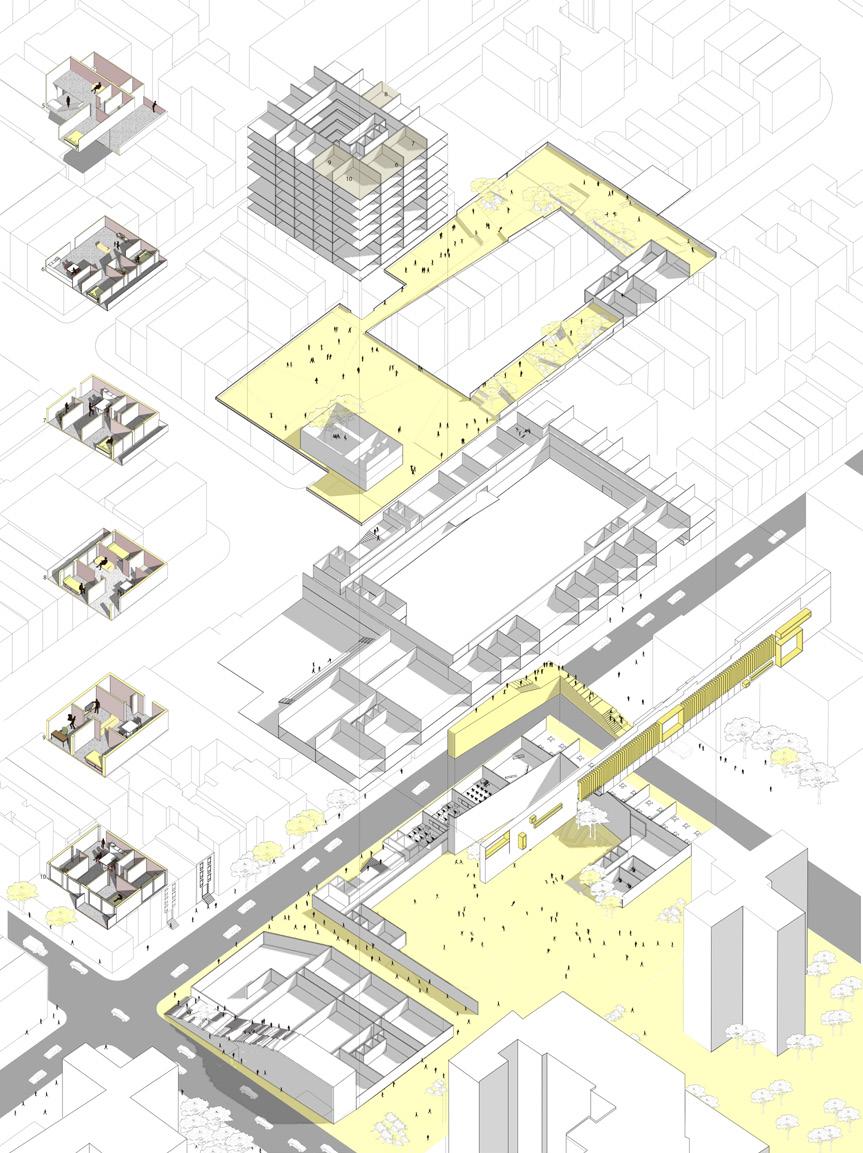
 Todd Gannon
Todd Gannon
Gathering twenty essays written over twenty years, Figments of the Architectural Imagination explores the frontiers of speculative architectural design, theory, and pedagogy to offer clear-eyed and incisive treatments of some of the most important projects, practices, and polemics at work making contemporary architecture contemporary.
These sharp and insightful texts, whether addressing the impact of digital technology, the design of an effective hotel, the emergence of the Los Angeles vanguard, or the proper execution of a thesis project, combine frontline reportage, archival scholarship, trenchant prose, and impressive critical acumen to cut through the cacophony of recent architectural discourse with uncommon clarity, intelligence, rigor, and wit.
Taken together, these essays provide essential orientation for practitioners, academics, students, and afficionados hoping to understand how contemporary architecture came to be where it is and to speculate on where it might go next.
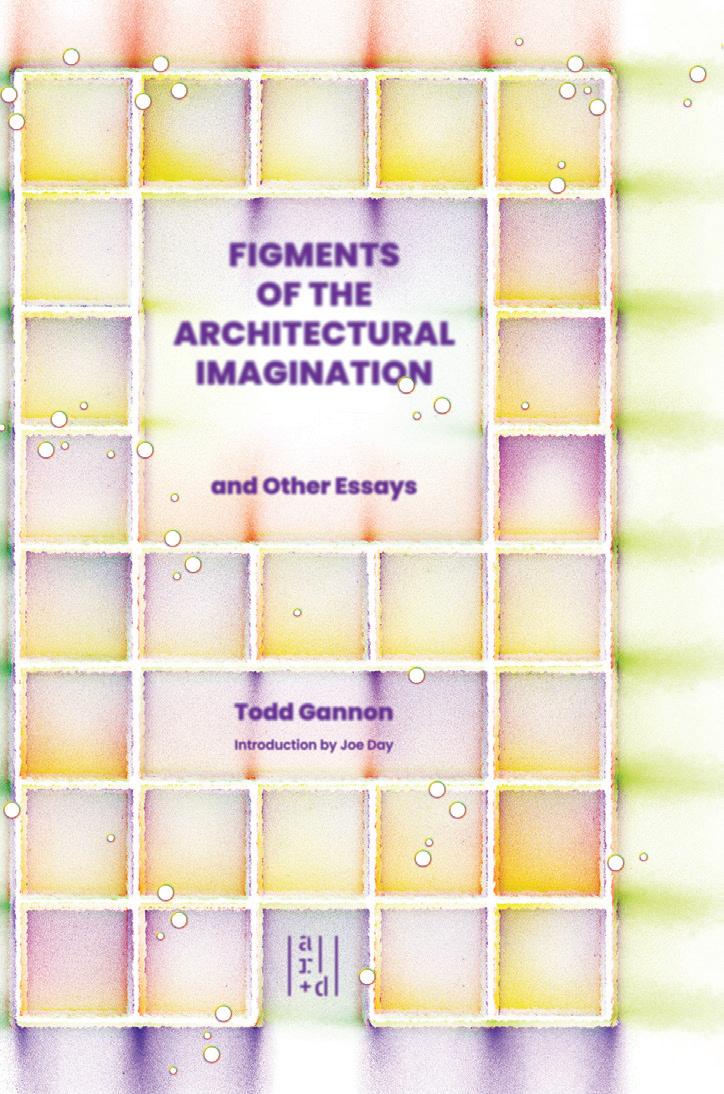
Author Todd Gannon is professor of architecture at the Knowlton School at The Ohio State University. His books include Reyner Banham and the Paradoxes of High Tech, The Light Construction Reader, Et in Suburbia Ego: José Oubrerie’s Miller House, and A Confederacy of Heretics (with Ewan Branda).
Joe Day N. Katherine Hayles
Graham Harman

Tom Wiscombe
David Ruy Andrew Zago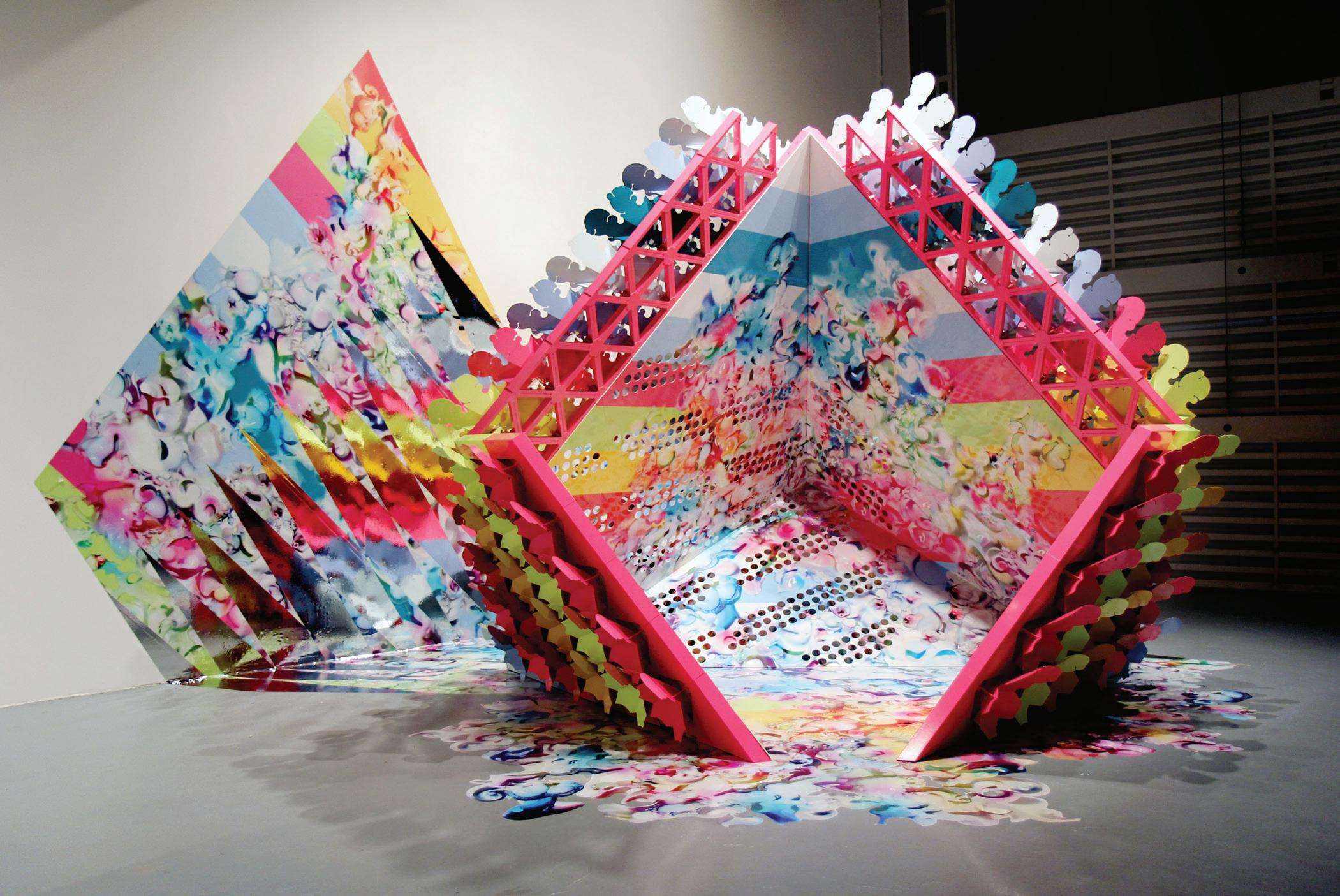

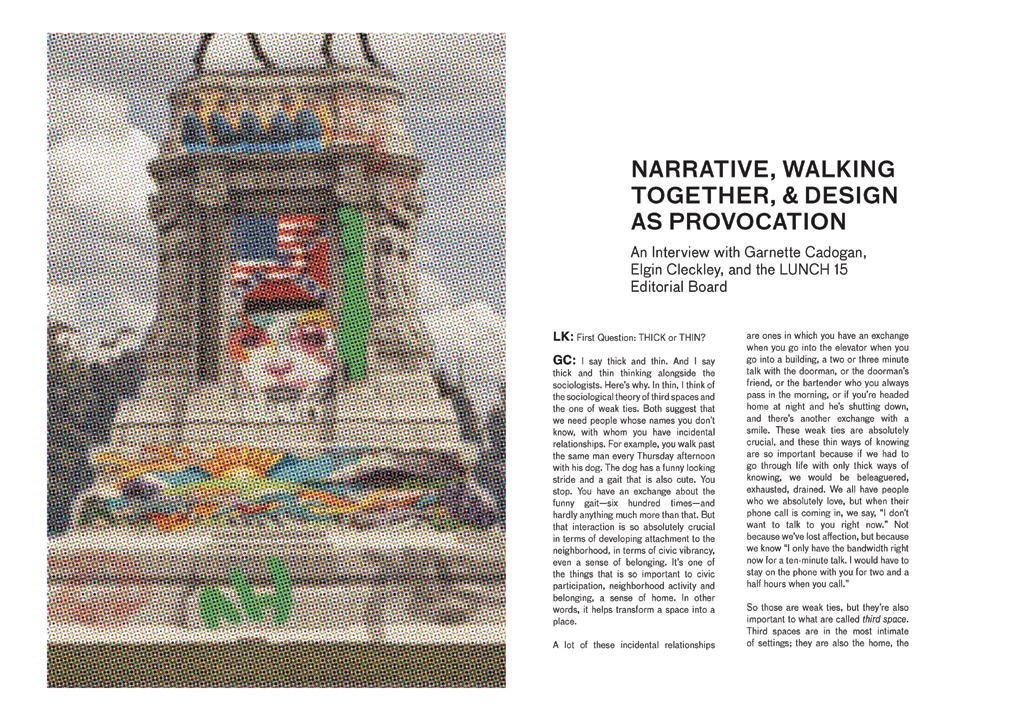
The latest edition of the University of Virginia School of Architecture’s design journal, LUNCH 15 turns to the concept of thickness and considers what possibilities lie in poché, thick description, thin assemblies, and in the many layers of the built environment. The issue considers Thickness in four sections: “Places” navigates the ways we understand the spaces in which we live and work. “Materials” delaminates the building blocks of our world and how we know them. “Representation” traces the many forms and layers of communication through which we see or that might obscure our vision. Finally, “Relations” follows threads that bind. In a world operating between the thick and thin of it, how will your lines be drawn?
Ben Small is a lecturer at the University of Virginia School of Architecture, where he teaches in the undergraduate and graduate studio sequence. Ben received his M.Arch from UVA in 2021, graduating with the Alpha Rho Chi Award.
Colleen Brennan is a landscape designer with Surface 678. She received her Master of Landscape Architecture from UVA in 2021, along with the Research Excellence Award for her thesis project In the Margins of Enclosures: Producing Knowledge and Space in the Post-Plantation Landscape.
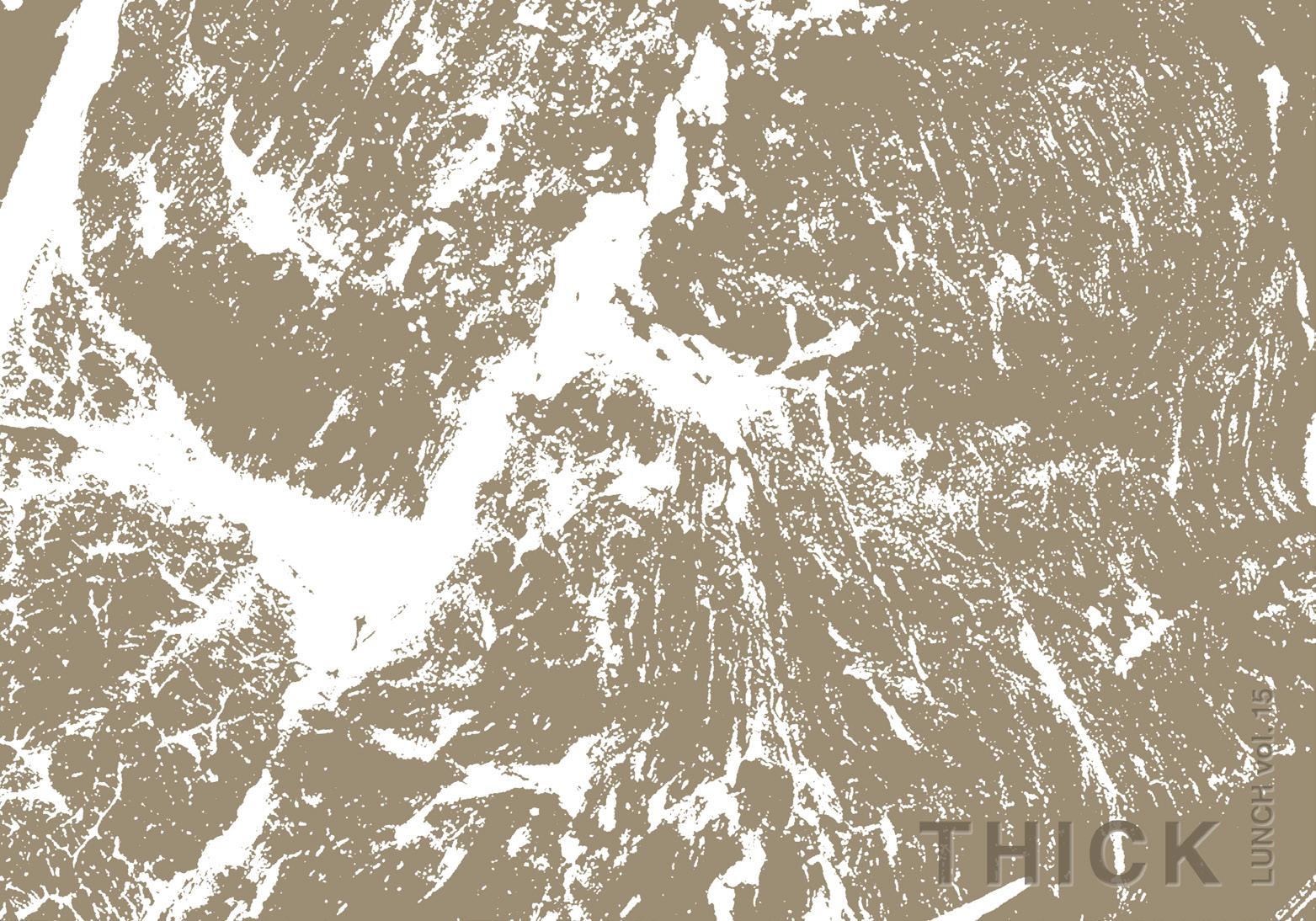
Leah A. Kahler is a landscape designer at Reed Hilderbrand and adjunct professor at the Boston Architectural College. Leah holds a Master of Landscape Architecture from UVA and Bachelor of Arts in Anthropology and the Growth and Structure of Cities from Bryn Mawr College. She delights in justice-oriented storytelling in, through, and of, landscape. Her current research explores the possibilities of an abolition ecology through speculative fictions.
Alissa Ujie Diamond
Erin Besler & Ian Besler
Chloe Nagraj
Jonah Pruitt
Nastassja Swift
Shannon Mattern
Bjørn Sparrman
Ila Berman
Julie Larsen & Roger Hubeli
Kevan Klosterwill
Brian Davis
Katie LaRose
Charles Weak
Matthew Wilson
Vic Mantha-Blythe & Brynn Day
Garnette Cadogan & Elgin Cleckley
Thaïsa Way
Hannah Jane Brown
Samantha K. Sigmon
Aroussiak Gabrielian & Alison Hirsch

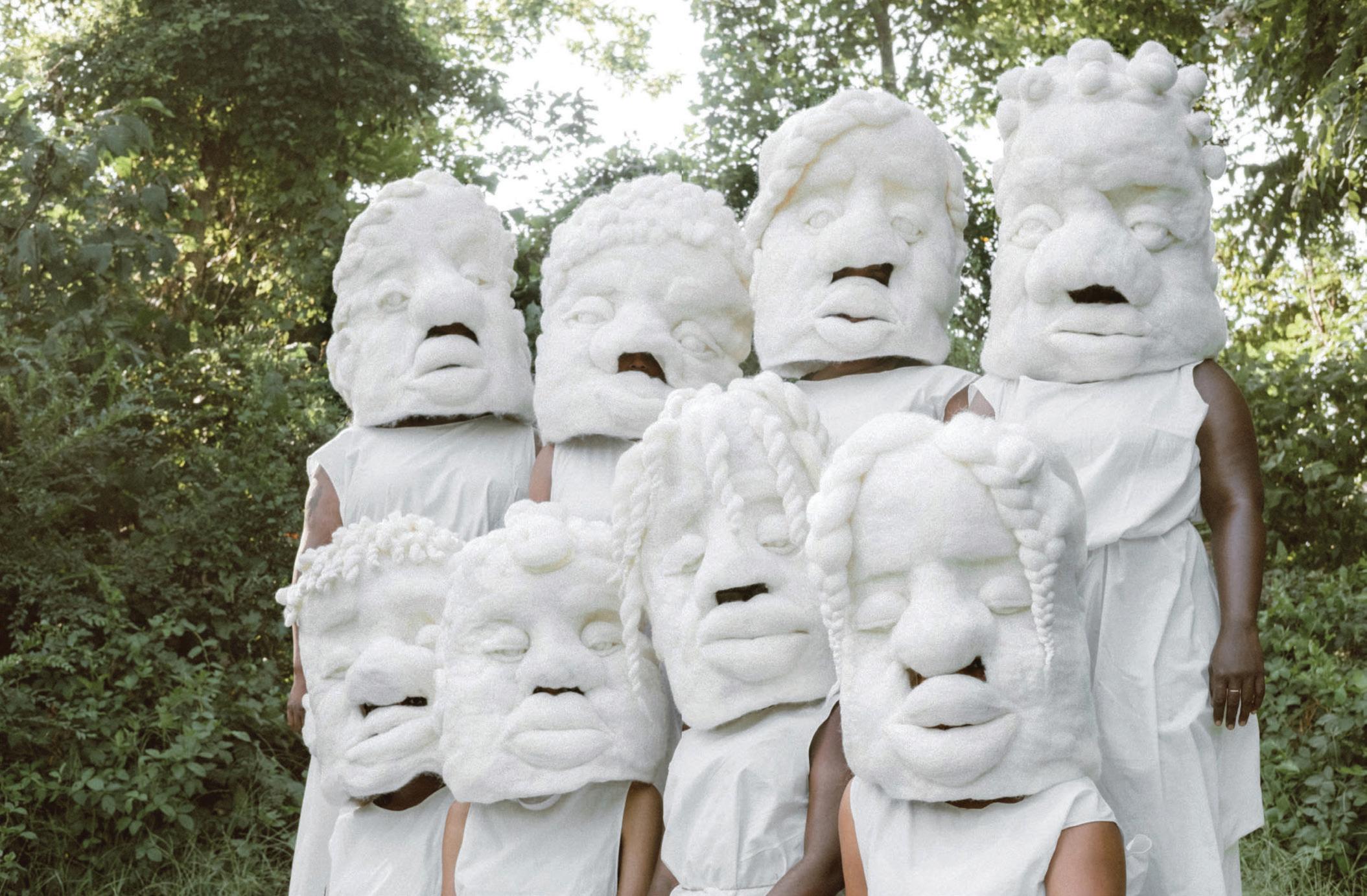



This book chronicles experimental approaches to the design and production of architectural terra cotta facades and structures. Under the auspices of the Architectural Ceramic Assemblies Workshop (ACAW), a research collaborative supported by Boston Valley Terra Cotta, the largest manufacturer of architectural terra cotta in the United State, architectural firms work with manufacturing to explore material and design innovation. Now in its fifth year, the workshop aims to educate architects about terra cotta through the production of unique prototypes of rain screen facade systems, modular assemblies, columns, and structural systems.
Architectural Ceramic Assemblies Workshop V chronicles the work of architectural firms Kohn Pederson Fox (KPF), LMN Architects, Smith + Gill Architecture, Pelli Clarke Pelli, Perkins and Will, PLP Architecture, Skidmore Owings and Merrill (SOM), Studio Gang, and academic teams Haptek Lab and Alfred University/University at Buffalo.
Omar Khan (editor) is Head at CMU School of Architecture. His research is located at the nexus of architecture, digital fabrication, and smart technologies.


This book advances a much-needed and transformational agenda for making architecture today through a close reading of crosslaminated timber (CLT) and its material unit, the CLT blank. Both matter-of-fact and multivalent, economical and excessive, the blank has untapped potential for experimentation, innovation, and research in architecture at various scales. Blank brings together texts and work from a wide range of theorists and practitioners who make CLT central to their inquiry and, in turn, suggest design approaches that broaden the material’s cultural, spatial, and technological significance for architecture, education, engineering, and industry.

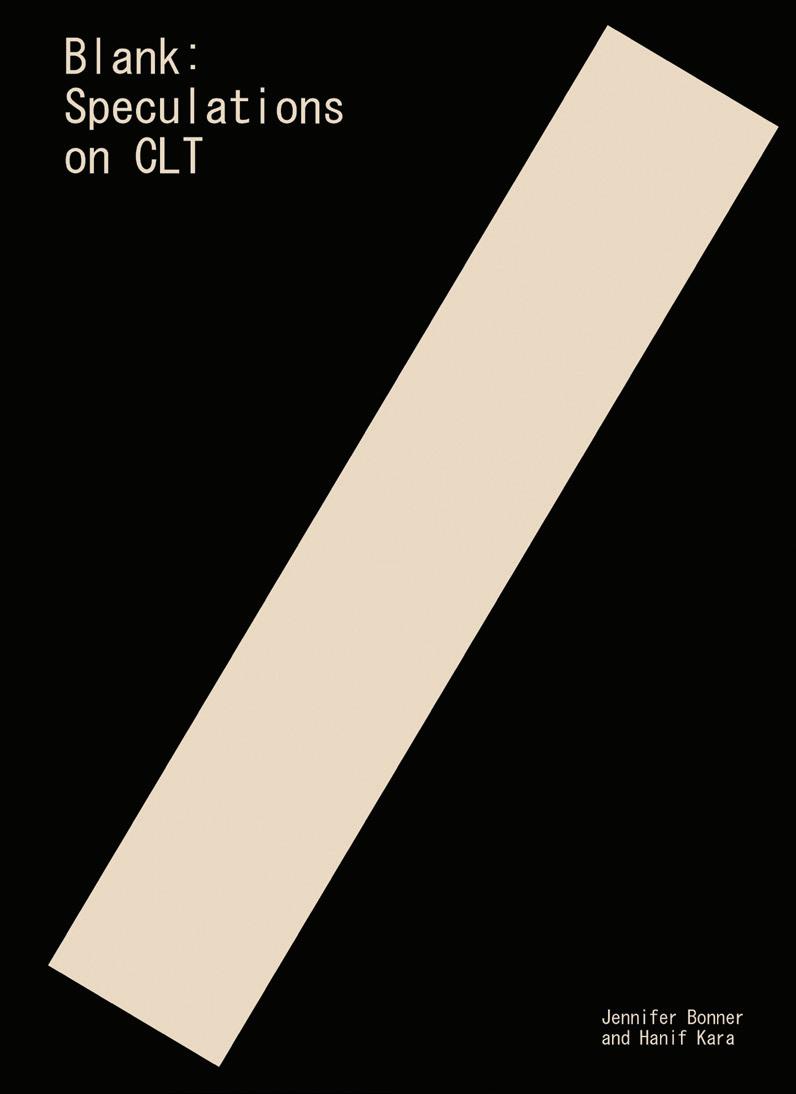
The book claims new conceptual territory for a material with extensive appeal whose theorization has been stuck in narratives of its sustainability. Slippages between art, architecture, and science help position Blank as an antidote to current conversations about CLT, which are fixated on its mass production and carbon footprint, portraying it as a bland product rather than an enabler of design. The book argues for the material’s aesthetic and spatial potential, conjuring the kind of world that CLT can create. Striking visuals contribute to repositioning CLT architecture though new forms of representation and design responses that continue to stay in touch with pragmatics.
Jennifer Bonner is director of MALL and associate professor of architecture at the Harvard Graduate School of Design. She is the author of A Guide to the Dirty South—Atlanta and guest editor of a special issue of ART PAPERS on Los Angeles. Her design work, including Haus Gables, a single-family residence in Atlanta constructed of eighty-seven CLT panels, has been widely published and exhibited.
Hanif Kara is cofounder and design director of AKT II, a design-led structural and civil engineering firm based in London, and professor in practice of architectural technology at the Harvard Graduate School of Design. Kara has gained international standing in the field of the built environment through practice, pioneering research, and education in interdisciplinary design.
Contributions by Jennifer Bonner, Nelson Byun, Victoria Camblin, Sean Canty, Courtney Coffman, Sam Jacob, Hanif Kara, Christopher C. M. Lee, Erin Putalik, Nader Tehrani, and Yasmin Vobis.

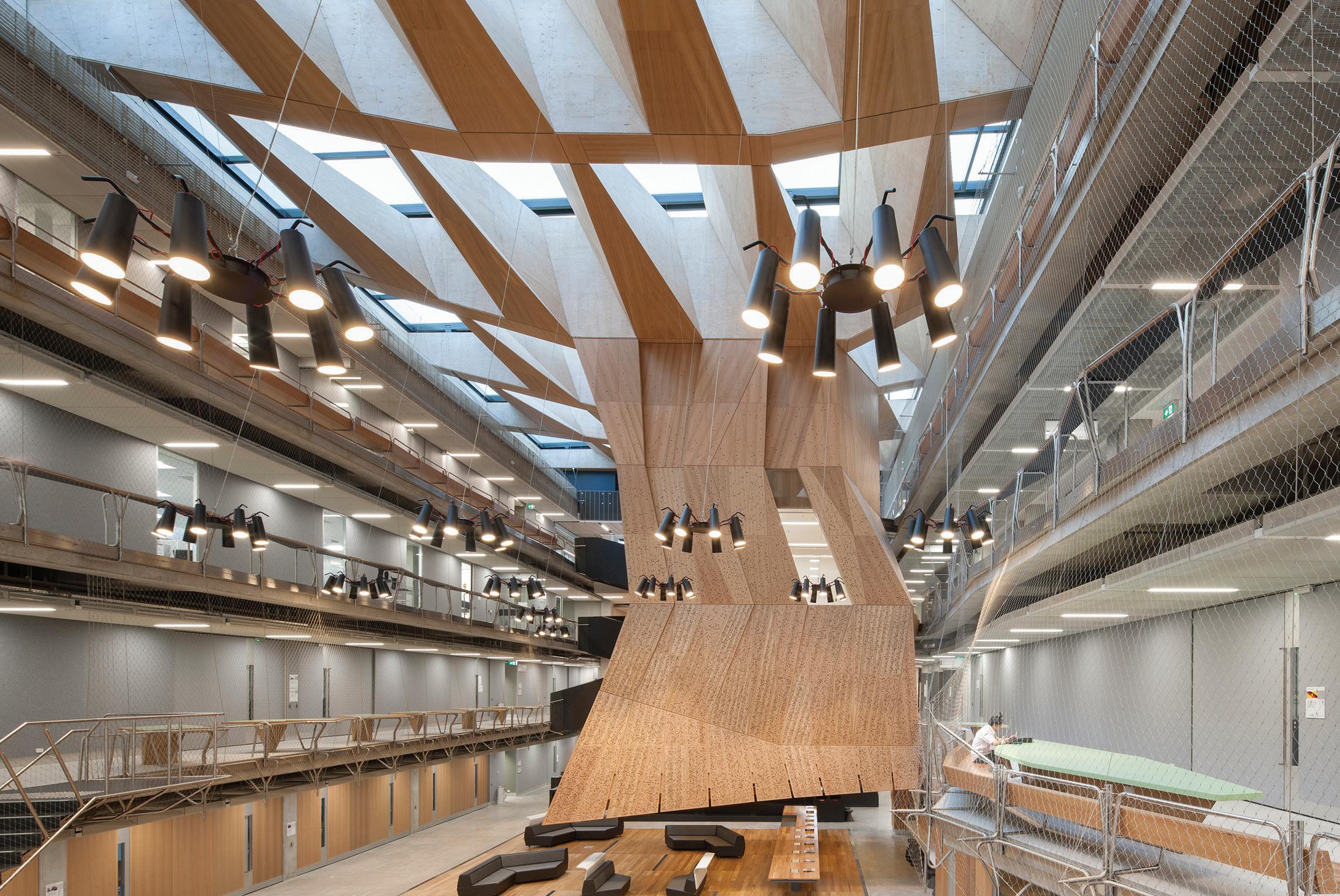


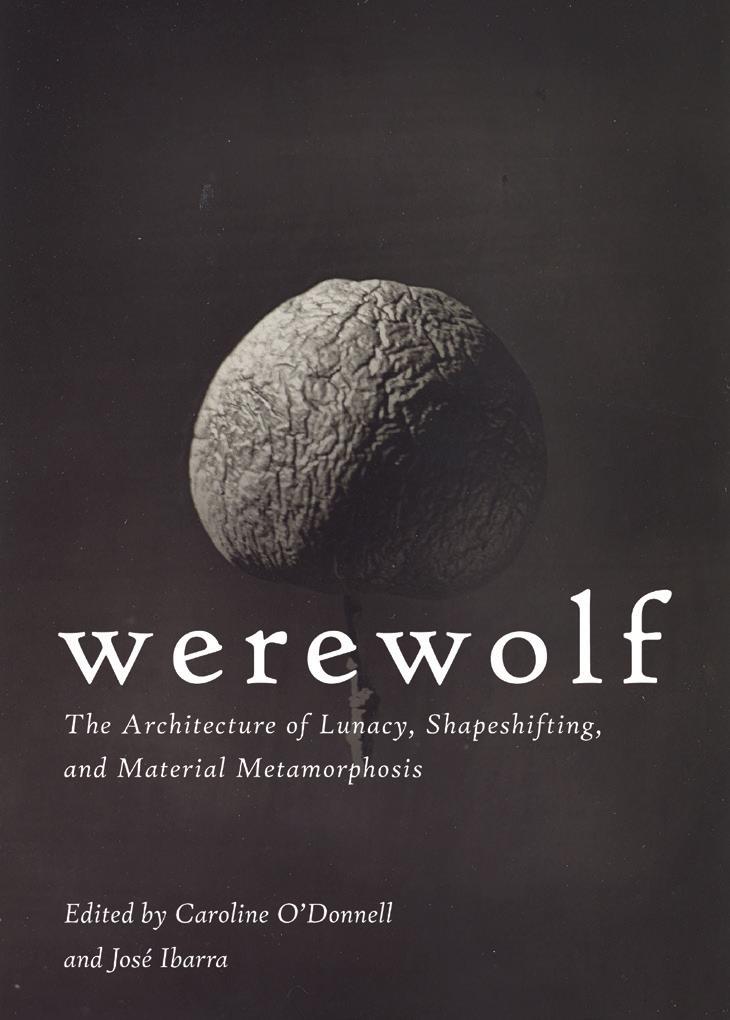 Edited by Caroline O’Donnell and José Ibarra
Edited by Caroline O’Donnell and José Ibarra
José Ibarra is director of transformation and research of CODA. He is an assistant professor at the University of Virginia. Ibarra’s interdisciplinary work focuses on the intersection between architecture and environmental uncertainty, looking at design tactics for remediation and justice that work across different temporal scales.
Cynthia Davidson is an architecture editor, writer, and critic based in New York City. She is the founding editor of Log: Observations on Architecture and the Contemporary City as well as the ANY series of conferences and publications. She was cocurator of the American Pavilion at the Venice Architecture Biennial in 2014.
Peter Eisenman is a world-renowned architect and educator. He has designed several structures throughout the world, including the Memorial to the Murdered Jews of Europe in Berlin, the City of Culture of Galicia, Santiago de Compostela in Galicia, and the Wexner Center for the Arts in Columbus, OH.
Jimenez Lai works in the world of art, culture, and education. He is founder of Bureau Spectacular. Lai is widely exhibited and published around the world, including the MoMA-collected White Elephant. Lai has won various awards, including the Architectural League Prize for Young Architects.
As climate, culture, and technology evolve and become increasingly unpredictable, architecture’s stasis becomes more incongruous. Werewolf explores an emerging but under-investigated branch of architecture that embraces the transformation of form, performance, and the responsiveness to environments and context. These ideas are studied through architectural precedents and framed by critical essays by Jesse Reiser, Greg Lynn, Jimenez Lai, Spyros Papapetros, Kari Weil, as well as the editors. The shift from passive buildings to reactive structures is now imperative, as climate change and political turmoil exacerbate the unpredictability of environments. Werewolf expands on the architect’s agency to critically address political, social, and environmental unrest. Revealing the cunning and agile ways in which architecture can negotiate rather than resist change, this book departs from the fixed Vitruvian man and uses the figure of the werewolf to propose a model where changes of state, mutation, and decomposition are conceptually fundamental.
Caroline O’Donnell is an architect, writer, educator, and principal of CODA. She is the Edgar A. Tafel Associate Professor and director of the M.Arch program at Cornell University, as well as author of Niche Tactics: Generative Relationships between Architecture and Site. O’Donnell specializes in ecological theory and material innovation, looking toward natural and local resources to produce meaningful environments.
Greg Lynn is an innovator, redefining design with digital technology as well as pioneering the fabrication and manufacture of complex functional and ergonomic forms using CNC machinery. The buildings, projects, publications, teachings, and writings associated with his office have been influential in the acceptance and use of advanced materials and technologies for design.
Spyros Papapetros is an art and architectural historian and theorist whose work focuses on the historiography of art and architecture, the intersections between architecture and the visual arts, as well as, the relationship between architecture, psychoanalysis, and the history of psychological aesthetics.
Jesse Reiser is an architect and educator whose work has been published and exhibited widely. He was a fellow of the American Academy in Rome in 1985 and he worked for the offices of John Hejduk and Aldo Rossi prior to forming Reiser + Umemoto with partner Nanako Umemoto.
Kari Weil is the university professor of letters at Wesleyan University. She has published numerous essays on literary representations of gender, feminist theory, and, more recently, on theories and representations of animal otherness and human-animal relations.
$35.00 6.75” x 9.5” Portrait • 450pp • Softbound (thermochronic ink) • 978-1-951541-13-2
World Rights: Available Publication Date: Fall 2021



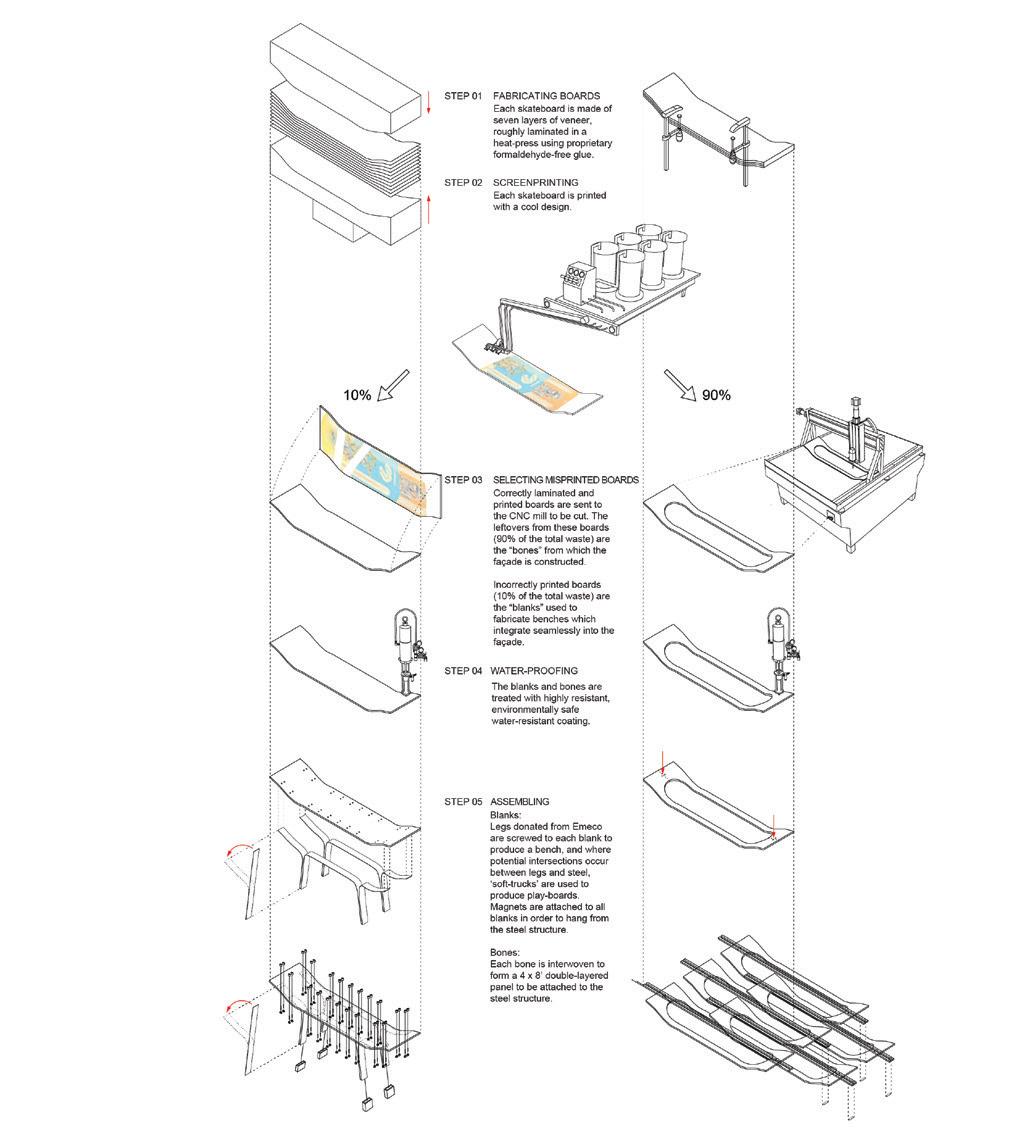



Based on the eponymous symposium and exhibition, Fulfilled: Architecture, Excess, and Desire considers the role of architecture in a culture shaped by the excessive manufacturing and assuagement of desire. Until the term became synonymous with Amazon warehouses, the concept of fulfillment described the achievement of a desire—sometimes tangible, often psychological or spiritual. With the rapid growth of e-commerce, our understanding of fulfillment has evolved to reflect a seemingly endless cycle of desire and gratification—one whose continuity hinges on our willingness to overlook the cultural, economic, and environmental impacts of our ever-increasing expectation of quick and efficient fulfillment. A closer look at fulfillment reveals a social, typological, formal, aesthetic, and economic practice constructed collectively through both digital and physical interactions. It is a cultural practice which evolves like a language, both universally transferable and contextually specific. As a symposium, exhibition, and now publication, this project aims to draw out these new arrangements, sticky relationships, and material byproducts of cultural production and to ask again the age-old question, “What does it mean to be fulfilled?”
This book examines the architecture of fulfillment through three lenses: logistical, material, and cultural fulfillment. Each reveals the new forms of architectural practice and research that are possible, typical, and even surreptitiously encouraged in the age of Amazon.
Fulfillment networks are not invisible systems; they are tangible objects—warehouses, suburban houses, parking lots, cardboard boxes, shopping malls, mechanical systems, shipping containers— with which architects necessarily interact. From political mapping and questions of labor to digital and physical storage typologies, contemporary architects learn from and work critically within the architecture of fulfillment. Their interests and approaches include the material and environmental shortcomings of global logistics and the formal, representational, and cultural potentials of a culture of excess. This book highlights architecture’s unique capacity to offer methodologies for confronting an increasingly ambiguous, alienating world and produce new knowledge and unexpected solutions that go beyond the dichotomies of rural and urban territories.
Author
Ashley Bigham is an assistant professor of architecture at the Knowlton School of Architecture and co-director of Outpost Office.
She is a former Walter B. Sanders Fellow at the University of Michigan’s Taubman College, a MacDowell Fellow, and a Fulbright Research Fellow in Lviv, Ukraine.
Ana Miljački – Boston, MA
Ang Li – Boston, MA
Ashley Bigham – Columbus, OH
Cristina Goberna Pesudo – Madrid, Spain
Curtis Roth – Columbus, OH
Jesse LeCavalier – Toronto, Canada
John McMorrough – Ann Arbor, MI
Keith Krumwiede – San Francisco, CA
Laida Aguirre – Ann Arbor, MI
Leigha Dennis – New York, NY
Lluís Alexandre Casanovas Blanco – Barcelona, Spain

Michelle Chang – Boston, MA
Miles Gertler – Toronto, Canada
Mira Henry & Matthew Au (Current Interests) – Los Angeles, CA

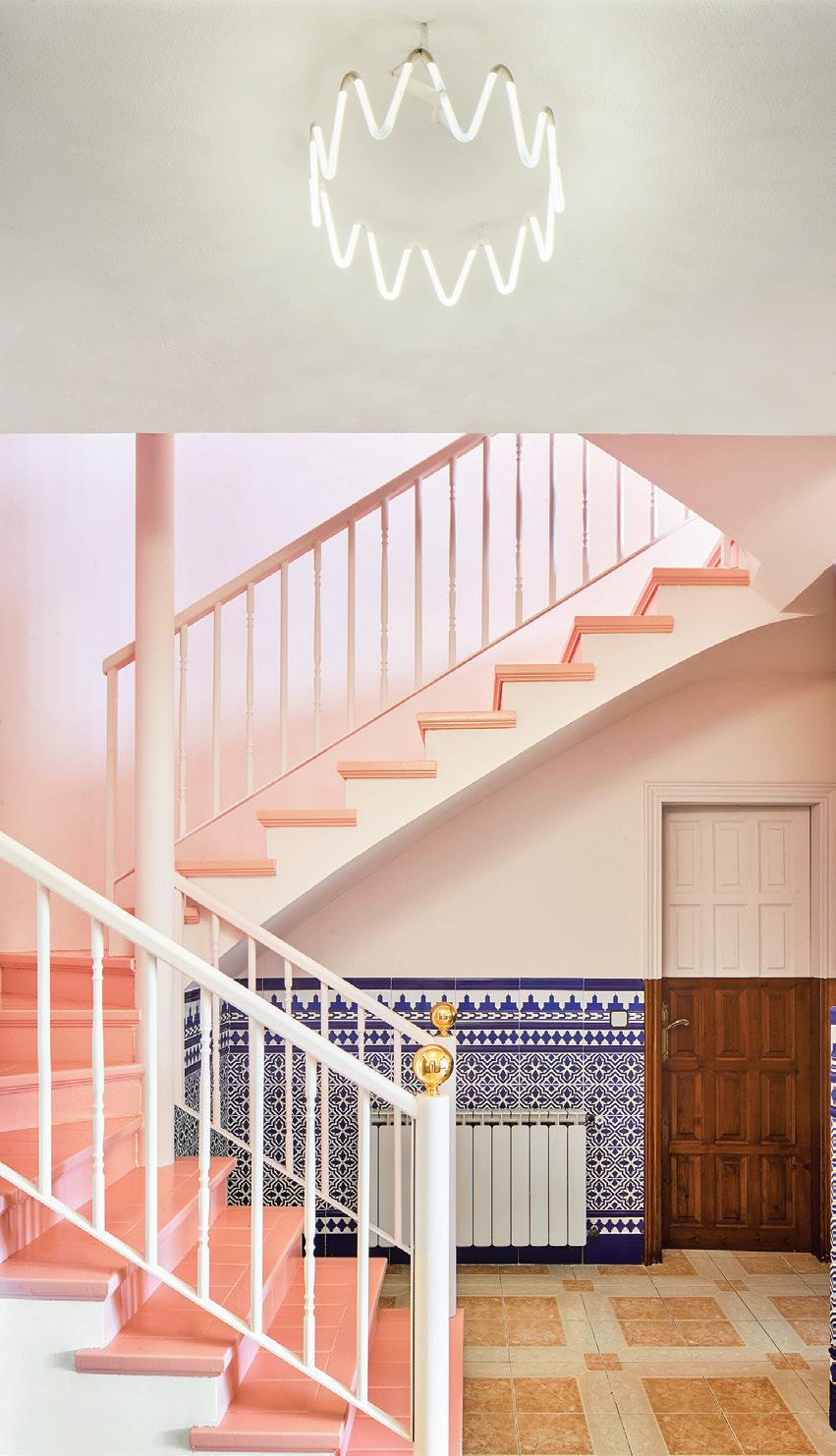
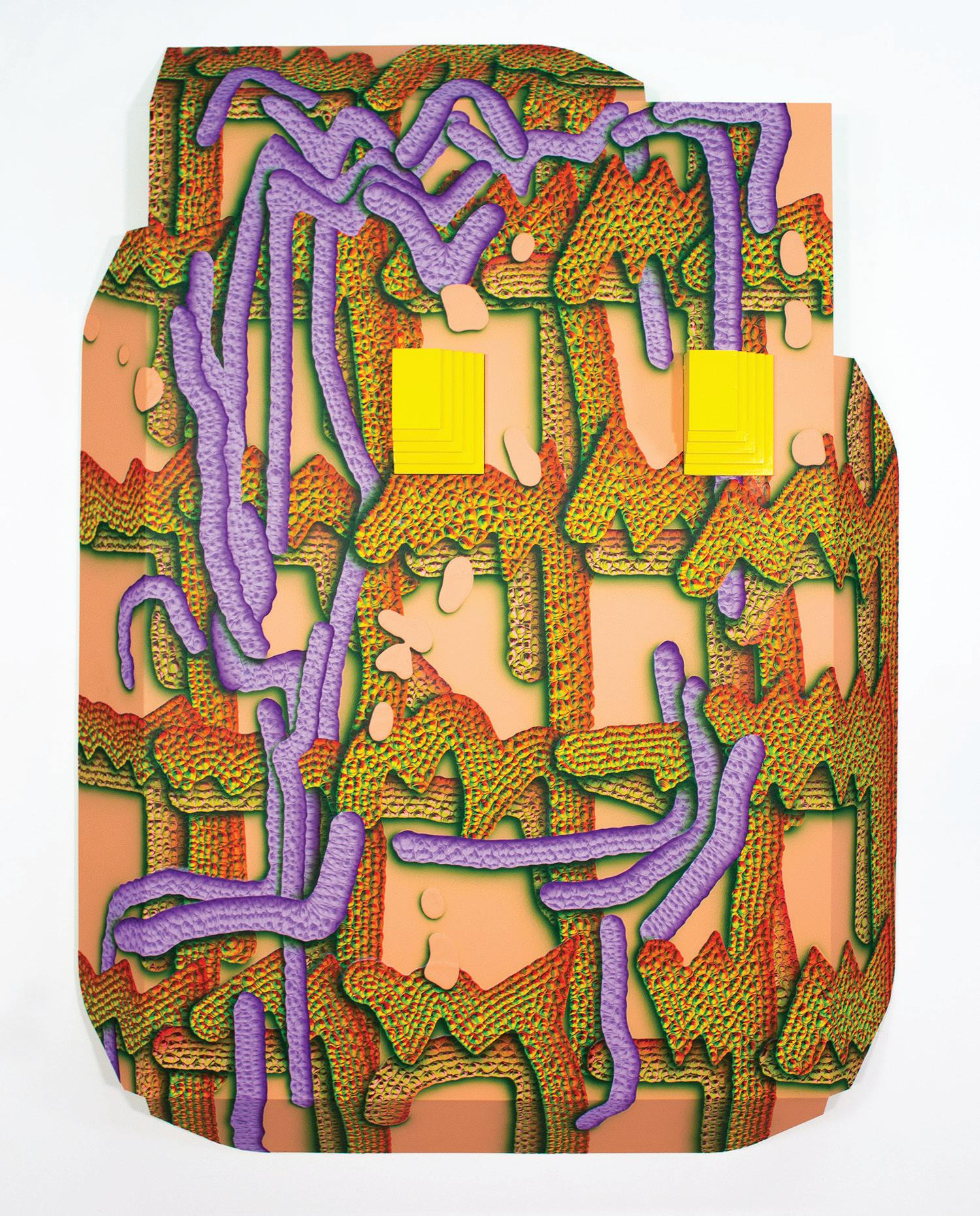



During the last thirty years, the use of digital technologies in architecture has exponentially increased. New computational tools and methods are significantly changing the way we design and perform our buildings.
The book analysis the current digital evolution of architecture through a series of considerations related to several aspects of the ongoing digital era, ranging from the problem of authorship and human creativity in computational design to notions related to architectural pedagogy, professional practice, and robotic construction. This publication aims to identify an alternative and possible understanding of architecture in the current digital era based on the relationship between technological development and human progress
Giuseppe Bono is an Italian and British registered architect and senior postgraduate teaching assistant at The Bartlett School of Architecture, UCL. He holds a MArch(Hons) in Architecture and Construction Engineering from Politecnico di Milano, and he is now an MSc candidate in Architectural Computation at The Bartlett School of Architecture, UCL.
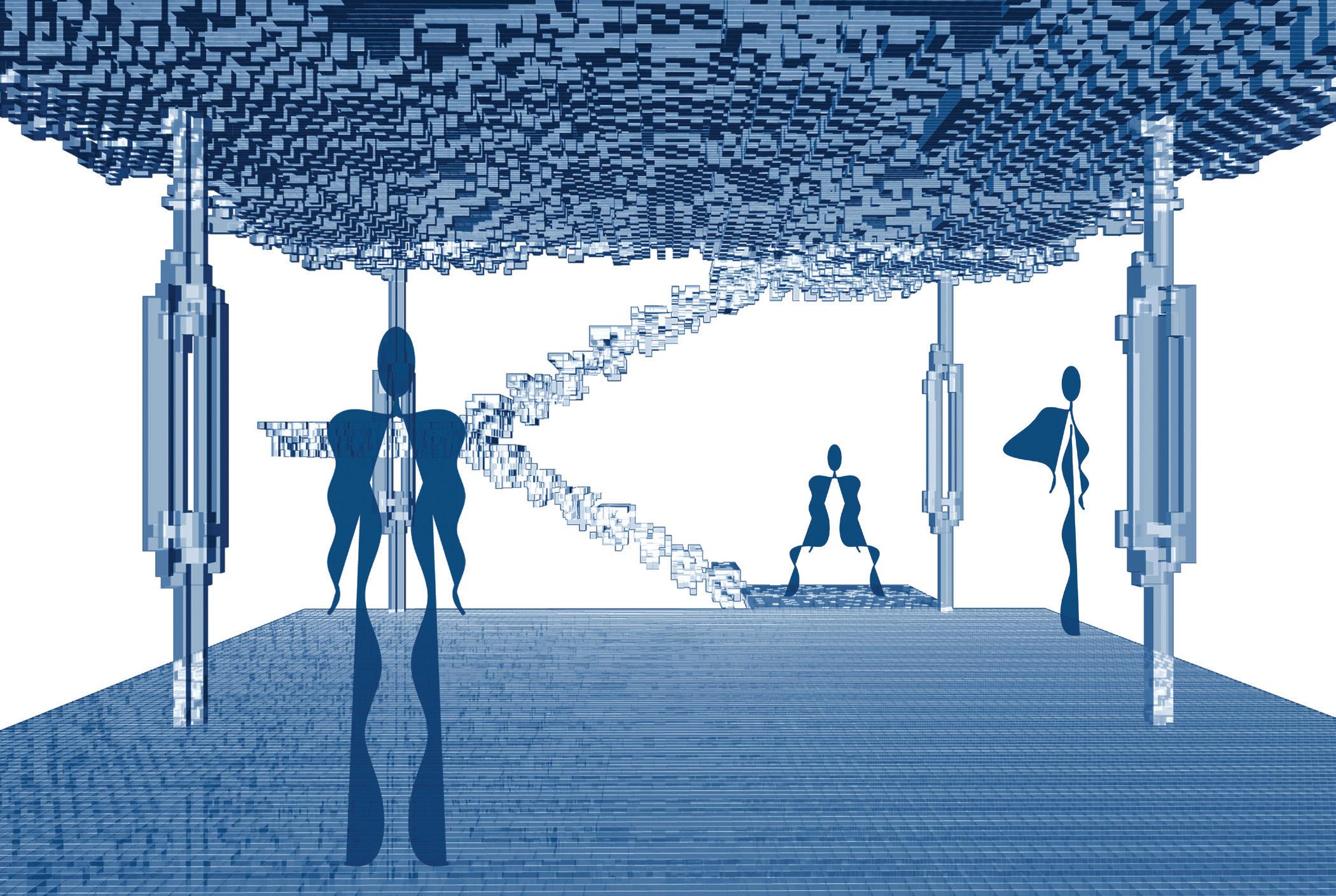


 Edited by Benjamin Wilke
Edited by Benjamin Wilke
Source Books in Architecture No.14: Rem Koolhaas / OMA + AMO Spaces for Prada is the most recent volume in the Source Books in Architecture series. Among the topics discussed in the book are the long-standing relationship with Prada and how the early objectives in that relationship have both maintained and shifted. An underlying theme to the conversations held with students and faculty of the Knowlton School community is the topic of architectclient relationships, their history, their problems, and how they have contributed to the discipline over time. Explicitly, a focus of the conversation is a number of projects that OMA has developed or completed with Prada, a large number of which are installationscale environments that manifest in the form of runway shows and exhibitions. The challenge of such projects is to retain a commitment to the political and cultural agenda that OMA embeds in the larger and permanent buildings. Given the ephemerality and role of these environments as literal backgrounds to highlighted events, the projects are ideal scenarios in which to develop an architecture that lacks the permanence of buildings while still carrying potency and contributing to larger cultural discussions involving, for example, event, place, concept, product, staging, the crowd, lighting, and materiality.
Benjamin Wilke is a senior lecturer at the Knowlton School of Architecture at The Ohio State University, where he teaches graduate and undergraduate studios and seminars.
Rem Koolhaas founded OMA in 1975 with Elia and Zoe Zenghelis and Madelon Vriesendorp. In 1978, he published Delirious New York: A Retroactive Manifesto for Manhattan. In 1995, his book S, M, L, XL summarized the work of OMA in “a novel about architecture.” He co-heads the work of both OMA and AMO, the research branch of OMA, operating in areas beyond the realm of architecture.


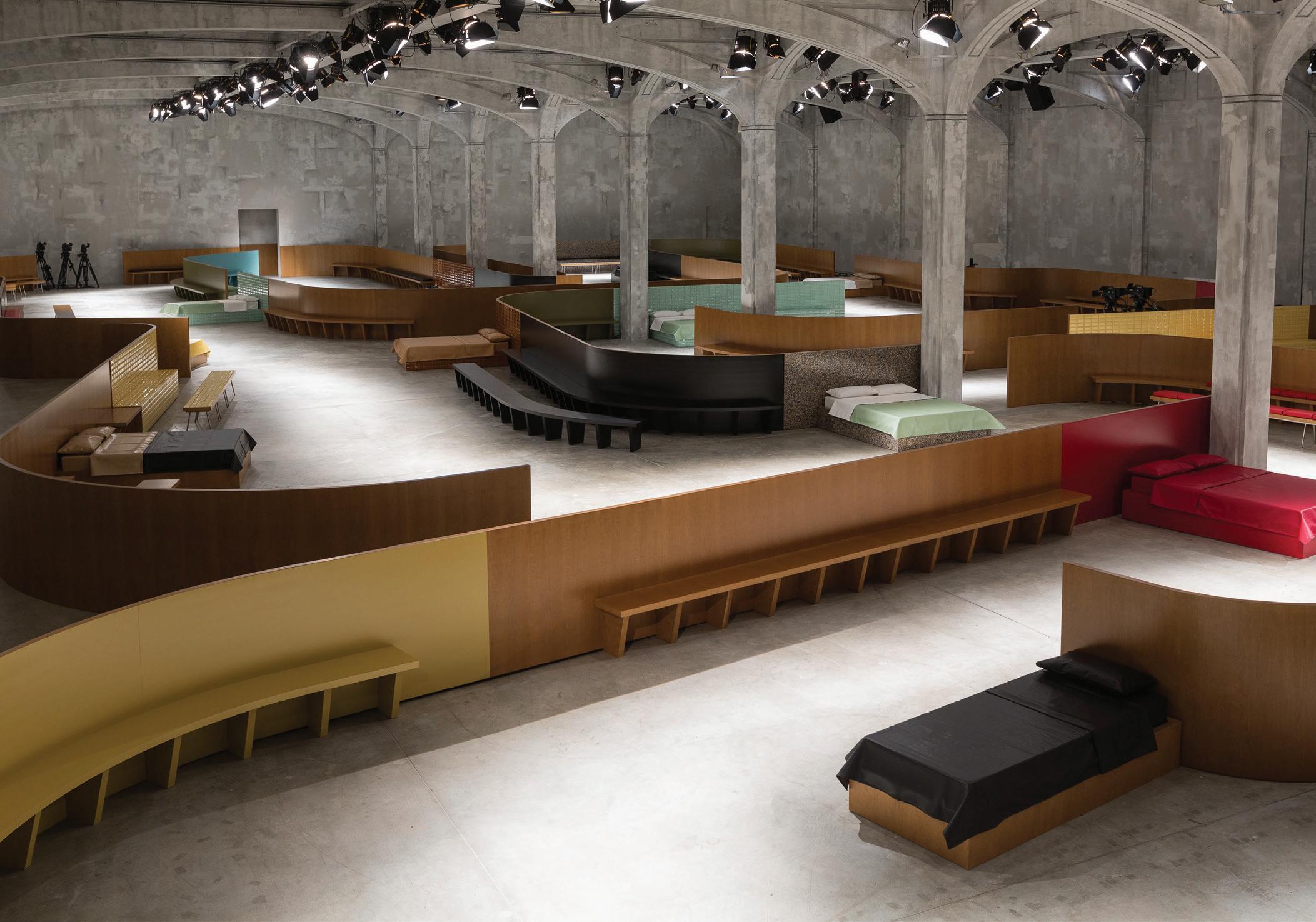

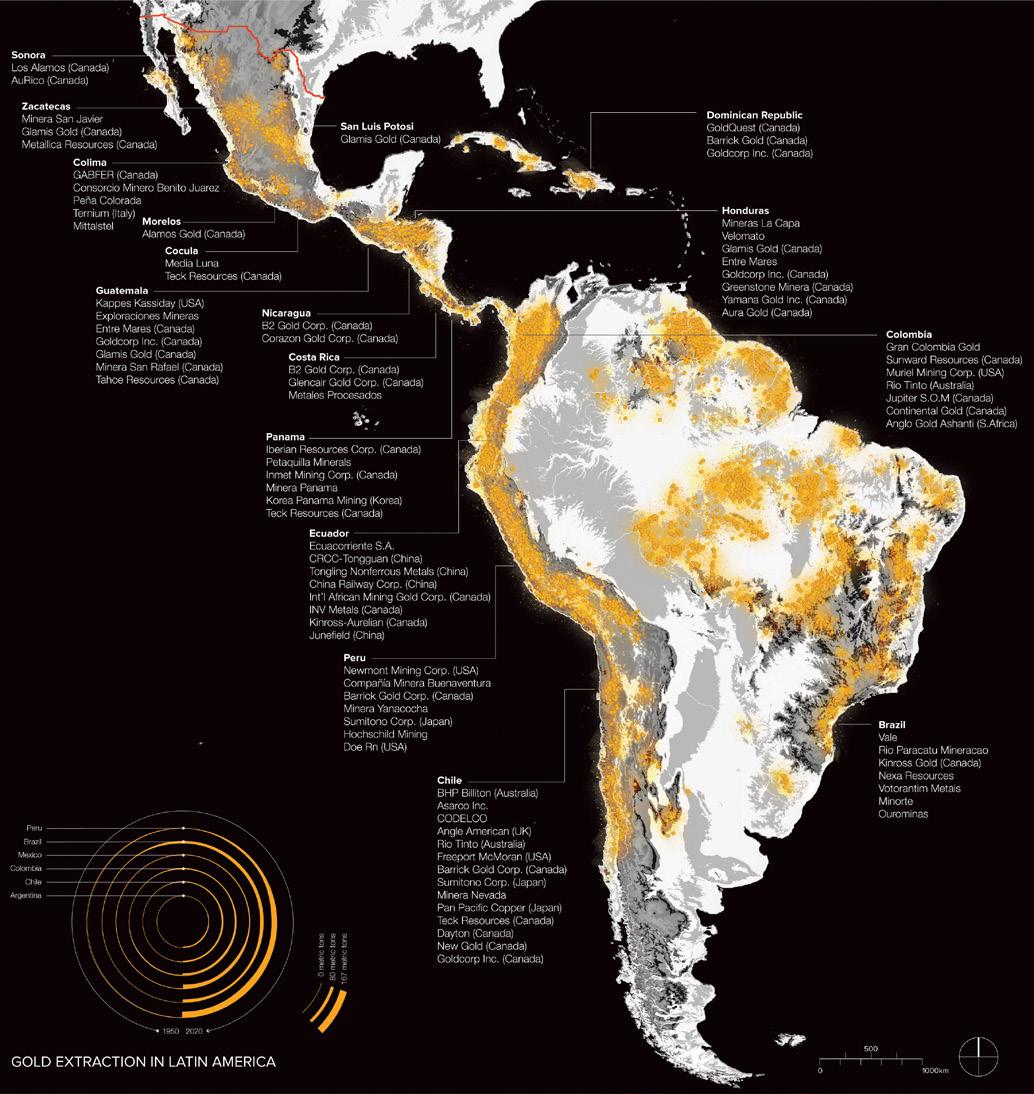 María Bellalta
María Bellalta
This book serves as a critical review of Social Urbanism, defined as a theoretical and practical approach to urban globalization, deriving from a planning strategy and portfolio of built projects that seek to alleviate the social consequences of urbanization.
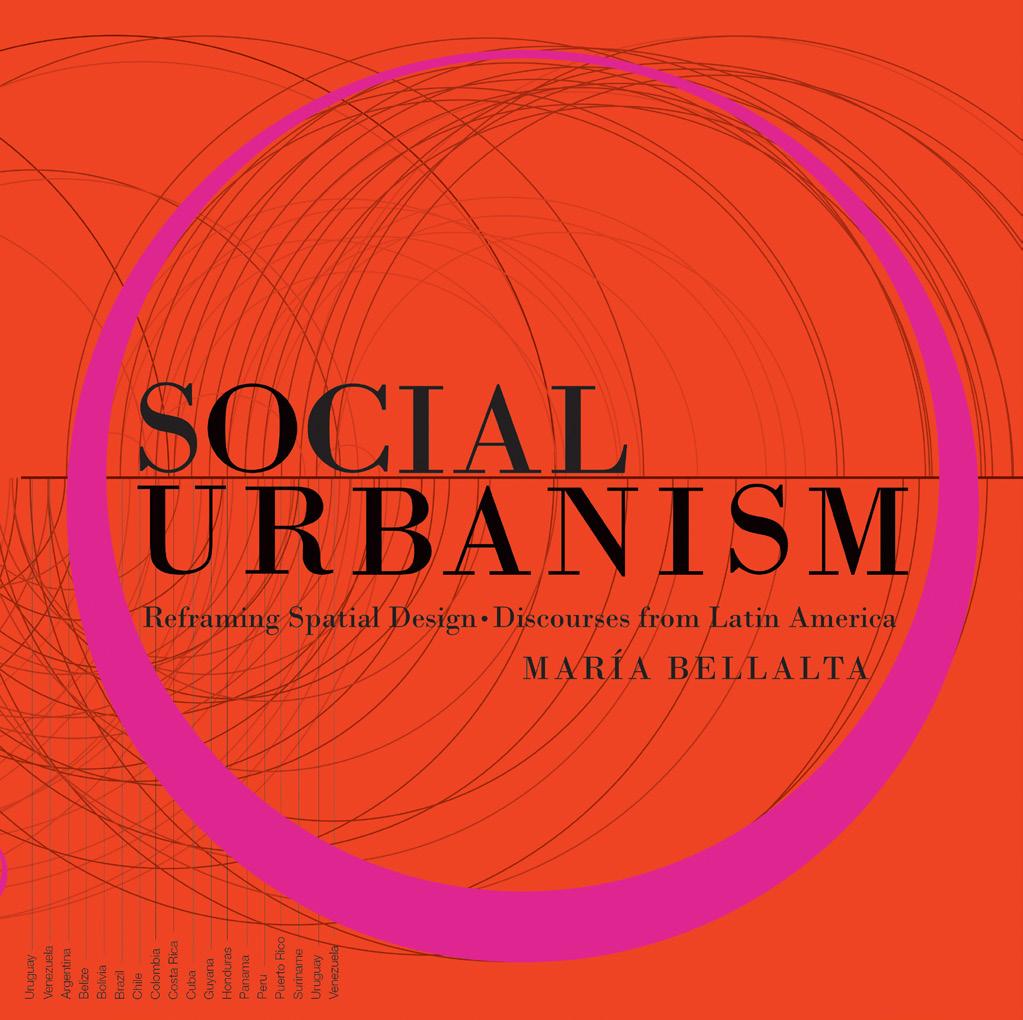
This book emphasizes both the projects and the processes that simultaneously consider ecological and socio-economic components of space, and which highlight a greater focus on social sustainability. In a context in which geography defines space and culture, and through the challenges of global climate change, we are inextricably united in an era of environmental uncertainty, where shared experiences and values place us within a collective culture, inspiring mutual agency in service of this vision for Social Urbanism.
Through the work presented here, Social Urbanism is expanded as a worldview that considers the cultural values of a given place as interconnected to the geographical landscape of the region, and therefore, as the driving forces behind future models of globalization and urban growth. The points of view of multiple colleagues and experts across differing fields additionally provide introspection on the value and implementation of Social Urbanism. These shared opinions strengthen the significance of this work and affirm the joint values and visions for the global urbanization challenges we are confronting in the 21st century, and which continue into the future.



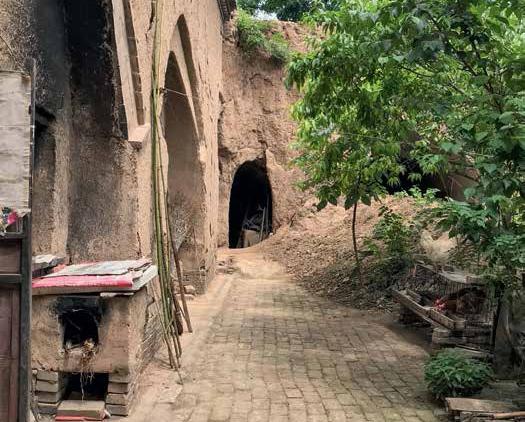 John Lin and Sony Devabhaktuni
John Lin and Sony Devabhaktuni
In rural China, an informal wave of building jump-started by economic and social transformations over the past 40 years has rendered some villages unrecognizable. The resulting building boom, taking place in a context with very few regulations, has created densities more often found in urban areas. At the same time, the sudden availability of new materials and industrial methods of construction have enabled some remarkable hybrid experiments where rural self-builders adapt, modify, graft, cleave, and wrap traditional building types. Unconstrained by notions of good taste or formal considerations, these unexpected and innovative solutions are reflections on some of the most pertinent issues of contemporary dwelling, whether building sustainably or negotiating tradition.
As Found Houses argues that the manifold evolution of the vernacular is part of the everyday practice of the villagers’ lives. The book documents surprising design decisions in the domestic architecture of rural China and is a resource for thinking about new ways of living together.

John Lin is an architect and an Associate Professor in the department of architecture at The University of Hong Kong. With Joshua Bolchover he is the director of Rural Urban Framework (RUF), a non-profit research and design collaboration. Their projects integrate local and traditional construction practices with contemporary sustainable technologies.
Sony Devabhaktuni is an Assistant Professor in the department of architecture at the University of Hong Kong. His research focuses on the capacity of architectural representation to address cultural, sociopolitical and economic issues.

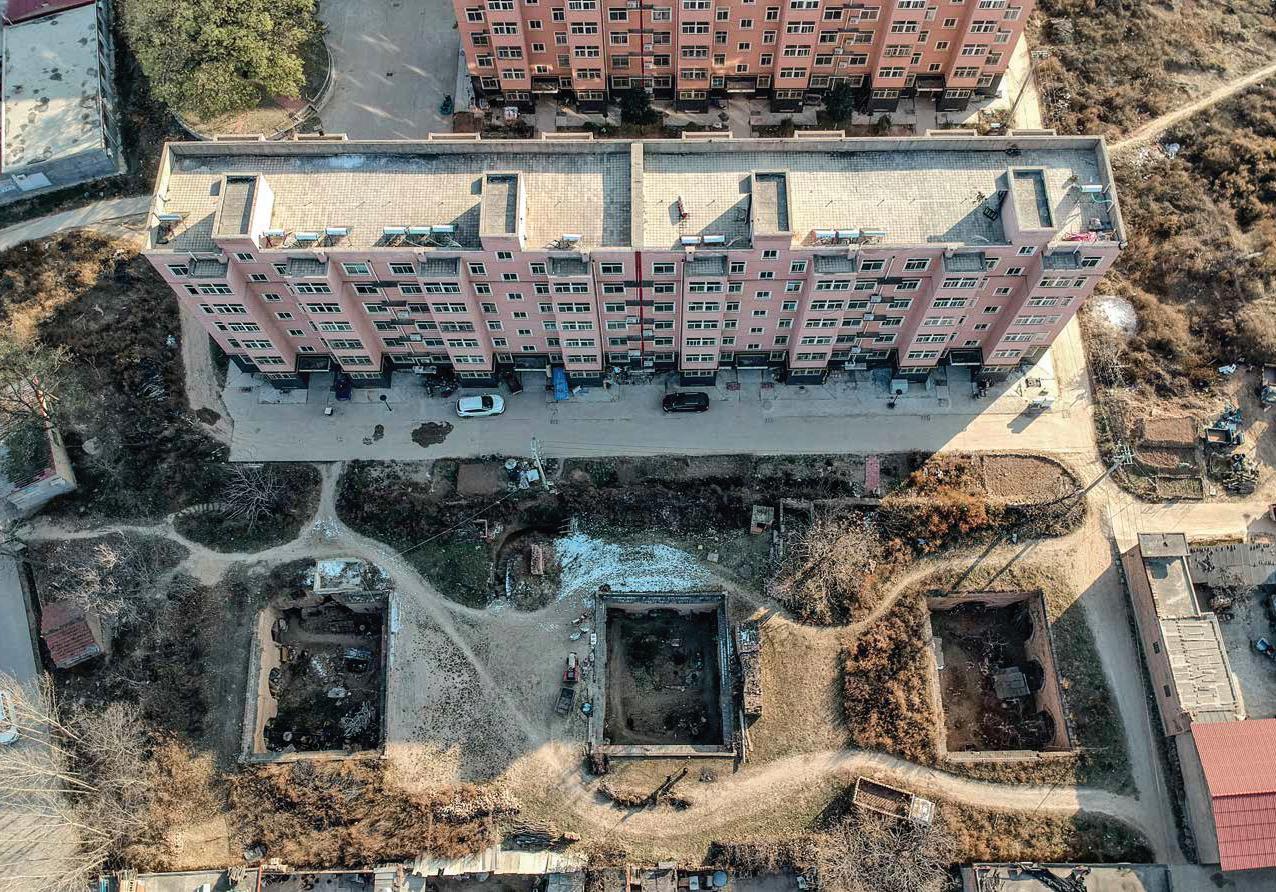
Erin Besler is an assistant professor of architecture at Princeton University and co-founder of Besler & Sons. Erin’s work is characterized by a particular interest in construction technologies, social media, and other platforms for producing and sharing content that rely more on ubiquity than expertise.

Ian Besler is a designer, educator, and writer whose work is situated at the edges between interfaces, media, software, and cities. Ian’s work is especially interested in the defaults, incidentals, and workarounds of visual communication and digital interactions. He is a visiting assistant professor at Pratt Institute and a co-founder of Besler & Sons.
Jonathan Jae-an Crisman is an artist and urban scholar whose work focuses on the intersections between culture, place, and politics. He is currently an assistant professor of public & applied humanities at the University of Arizona.
Fiona Connor (born in New Zealand) is an artist based in Los Angeles. She has made solo exhibitions at Secession, Vienna; SculptureCenter, New York; MAK Center for Art and Architecture, Los Angeles; Govett-Brewster Art Gallery, New Plymouth; Monash University Museum of Art, Melbourne; Hammer Museum, Los Angeles among others. Connor received an MFA from the California Institute of the Arts in 2011.
In visually cataloging the endearing and enigmatic ways in which the built environment takes shape, Best Practices proposes a new way of thinking about neighborhoods, housing developments, streetscapes, and storefronts, not so much as places defined by building codes, dimensions, or geographic features, but as assemblages of ad hoc interventions and incidental ephemera.
Drawing on the history of architecture, media theory, cultural anthropology, and urban studies, Best Practices pairs photographic documentation with extensive captions and citations to define a territory within the margins between the sanctioned and unsanctioned, the regulated and unregulated, the tasteful and tacky, the novel and the nonsense. While not necessarily in opposition of those mechanisms, Best Practices asserts that interest, knowledge, and meaning are more often generated on the lines that divide such categories. This book advocates for a more thorough consideration of the unauthorized remodels, slap-dash handiwork, haphazard paint jobs, half-hearted do-it-yourself projects, cracked facades, contradictions, compromises, and coincidences.
Wendy Gilmartin is a licensed architect and writer based in Los Angeles and the Mojave Desert. She holds an MArch degree from Rice University and is an educator at California Polytechnic State University, Pomona. Prior to becoming an architect, Wendy was a music critic at LAWeekly for ten years.
Courtney Coffman, editor, is manager of lectures and publications at Princeton University’s School of Architecture. She has served as a content and copy editor for various architectural publications and monographs. Her own writings explore the visual culture of contemporary architecture and design.
Christina Moushoul, associate editor, obtained her undergraduate degree from UCLA and is currently an MArch candidate at the Princeton University School of Architecture, where she is an editor of the journal Pidgin
$29.95
6.13" x 9.25" Portrait • 224pp • Softbound • 978-1-951541-11-8
World Rights: Available
Publication Date: Spring 2021

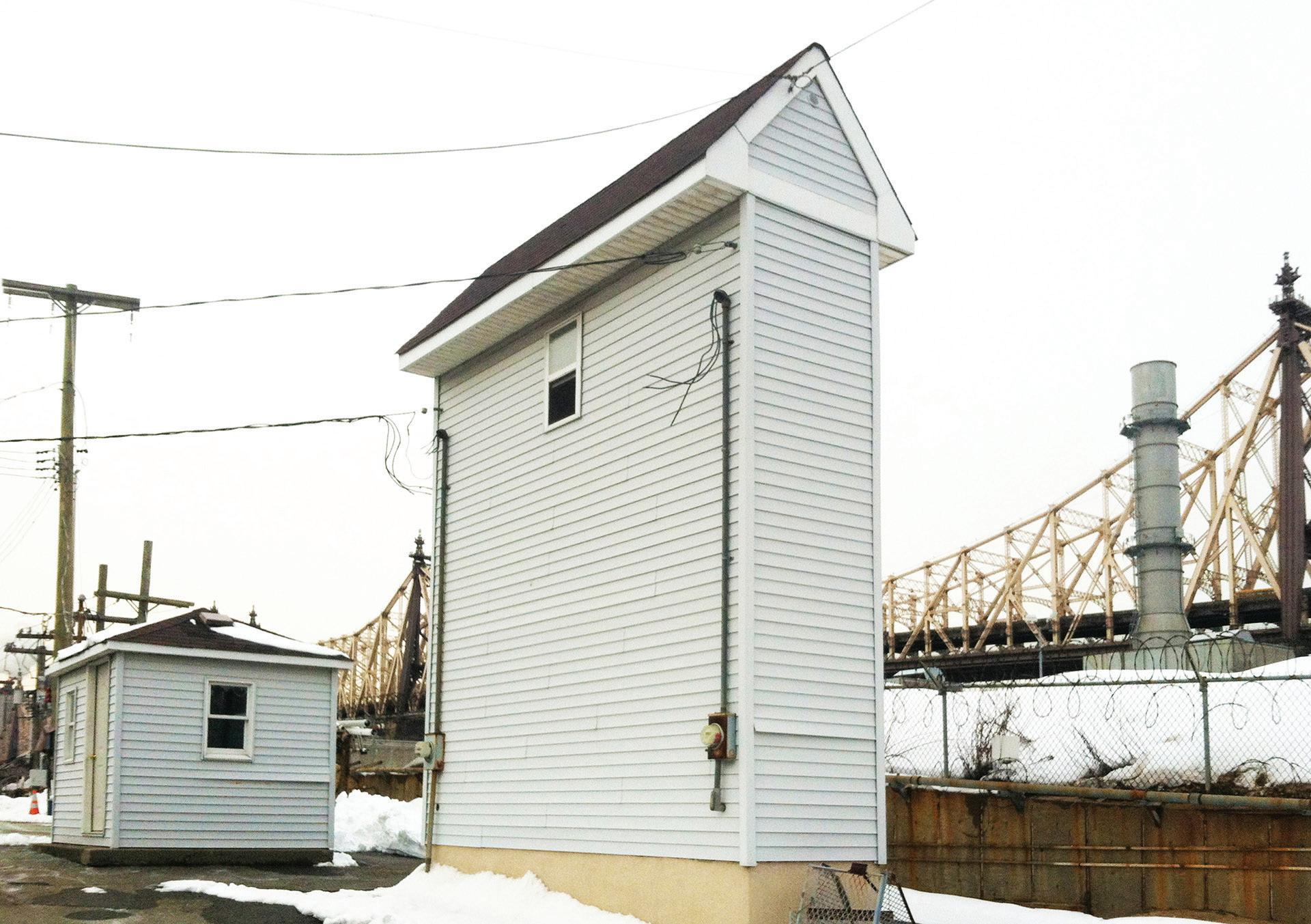
SAN FRANCISCO
31 Commercial Blvd. Suite F Novato CA 94949 USA t 1.415.883.3300 f 1.415.883.3309
LOS ANGELES
5520 Palos Verdes Blvd. Torrance, CA 90505 USA t 1.310.375.1241
MONTREAL
180 Chemin Danis Grenville PQ, J0V 1B0 Quebec, Canada t 1.415.233.1944
SINGAPORE 51 Bukit Batok Crescent #08-05 Unity Centre Singapore 658077
SHENZHEN Room 15E, Building 7, Ying Jun Nian Hua Garden, Dan Zhu Tou, Shenhui Road, Buji, Longgang district, Shenzhen, China 518114w t 86.1372.4392.704
BUENOS AIRES
Juramento 3115 Buenos Aires C1428DOC Argentina t 54.911.6861.2543
ORO EDITIONS www.oroeditions.com info@oroeditions.com t 1.415.883.3300 f 1.415.833.3309
APPLIED RESEARCH + DESIGN www.appliedresearchanddesign.com info@appliedresearchanddesign.com t 1.415.883.3300 f 1.415.833.3309
GOFF BOOKS www.goffbooks.com info@goffbooks.com t 1.415.883.3300 f 1.415.833.3309
Ingram Publishing Services is our North American book distribution company and one of the largest in the world. Additionally, our sales rep group is Actar/D, which specializes in the fields of architecture, design, landscape architecture, urbanism, interior design, photography, and contemporary art. The company has sales offices in New York with direct representation to the trade, special sales, gift trade, museums, design schools, libraries, and a host of design conferences to ensure a strong market presence.
USA
Ingram Publisher Services (IPS) 1210 Ingram Drive Chambersburg, PA 17202
Brian Brash
Actar D 440 Park Avenue South, Penthouse New York, NY 10016 t 1.212.966.2207
EUROPE, EASTERN EUROPE, MIDDLE EAST, AFRICA
Anna Pearce - ACC Sandly Lane, Old Martlesham Woodbridge, Suffolk IP12 4SD United Kingdom t +44 (0) 1394 389978
ASEAN COUNTRIES
Amnah Tan - APD Singapore Pte Ltd 52 Genting Lane #06-05 Ruby Land Singapore 349560 Singapore t (656) 749-3551
CHINA / HONG KONG / TAIWAN / KOREA
Angel Fung - Asia Publishers Services Limited 17B, Gee Change Hong Centre 65 Wong Chuk Hang Road Aberdeen Hong Kong t 852 2553 9289
AUSTRALIA & NEW ZEALAND
NewSouth Books University of New South Wales UNSW Sydney, NSW 2052 Australia t (02) 4390 1300